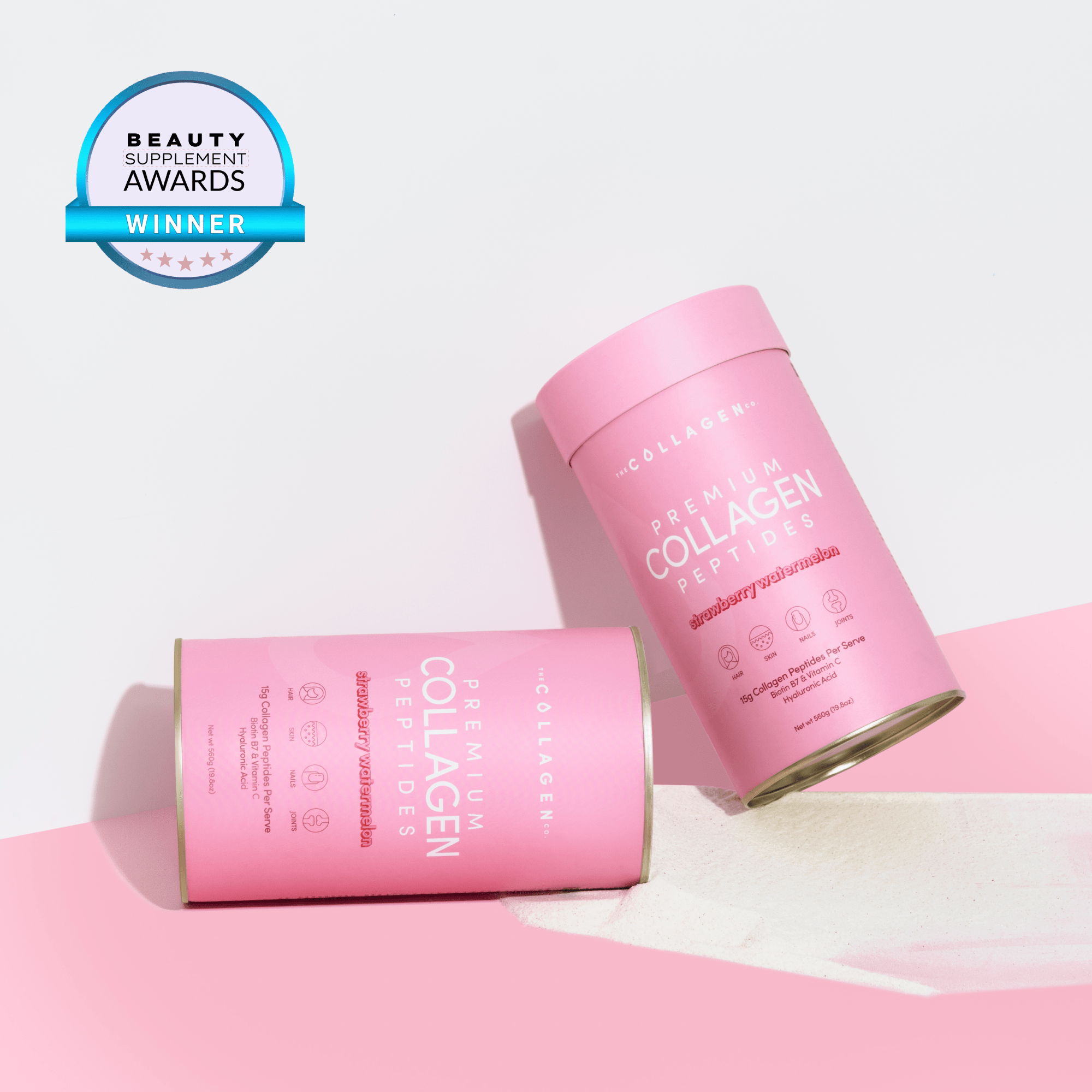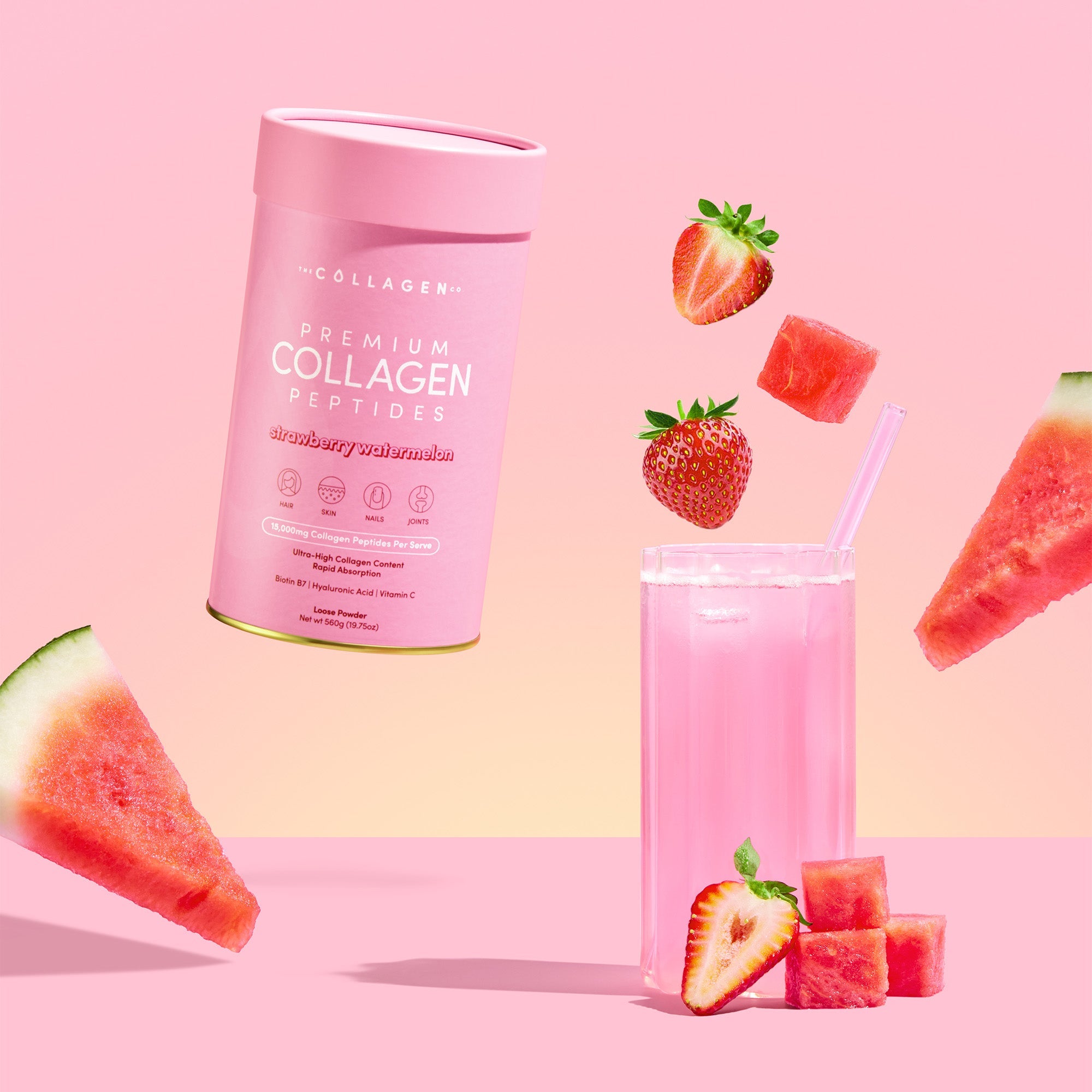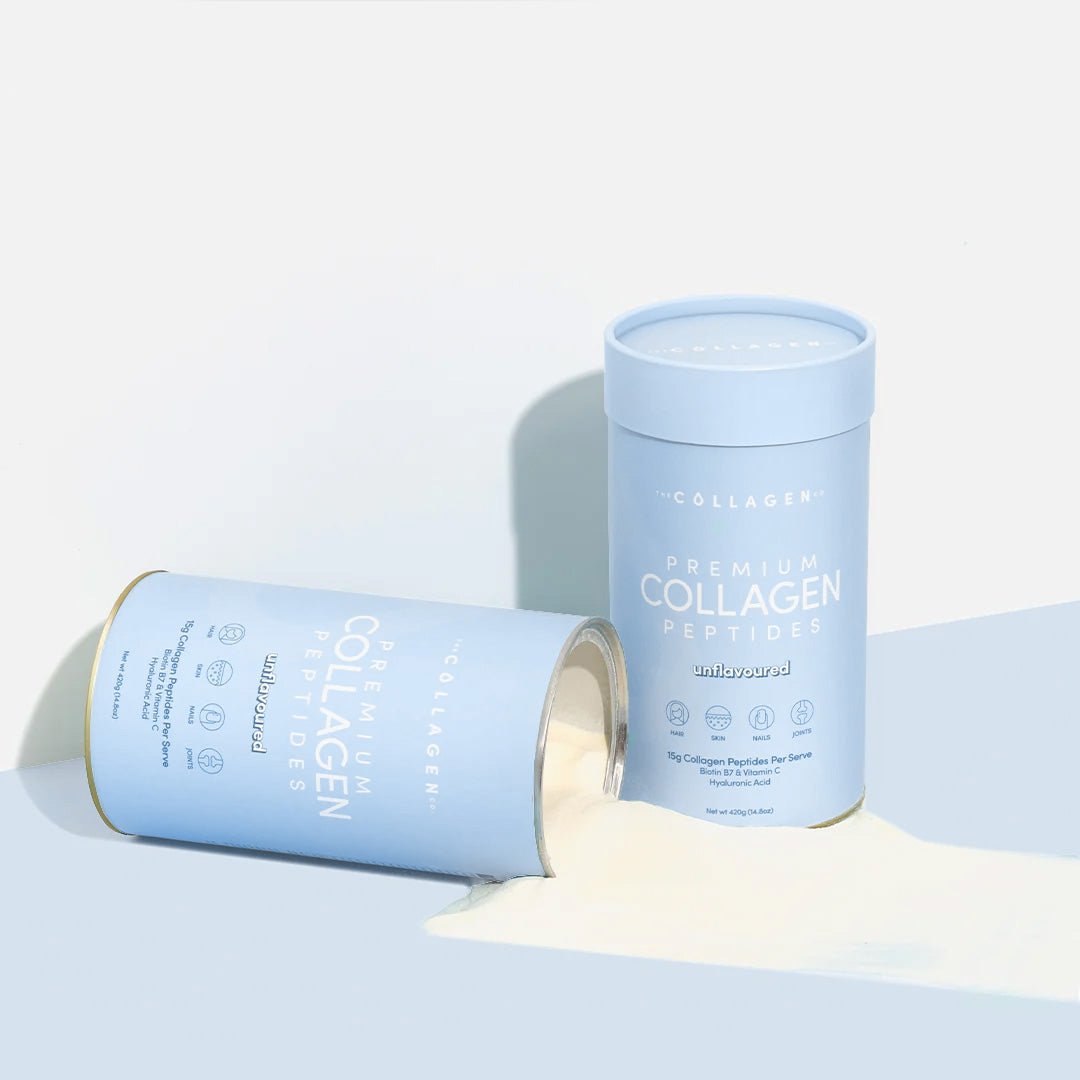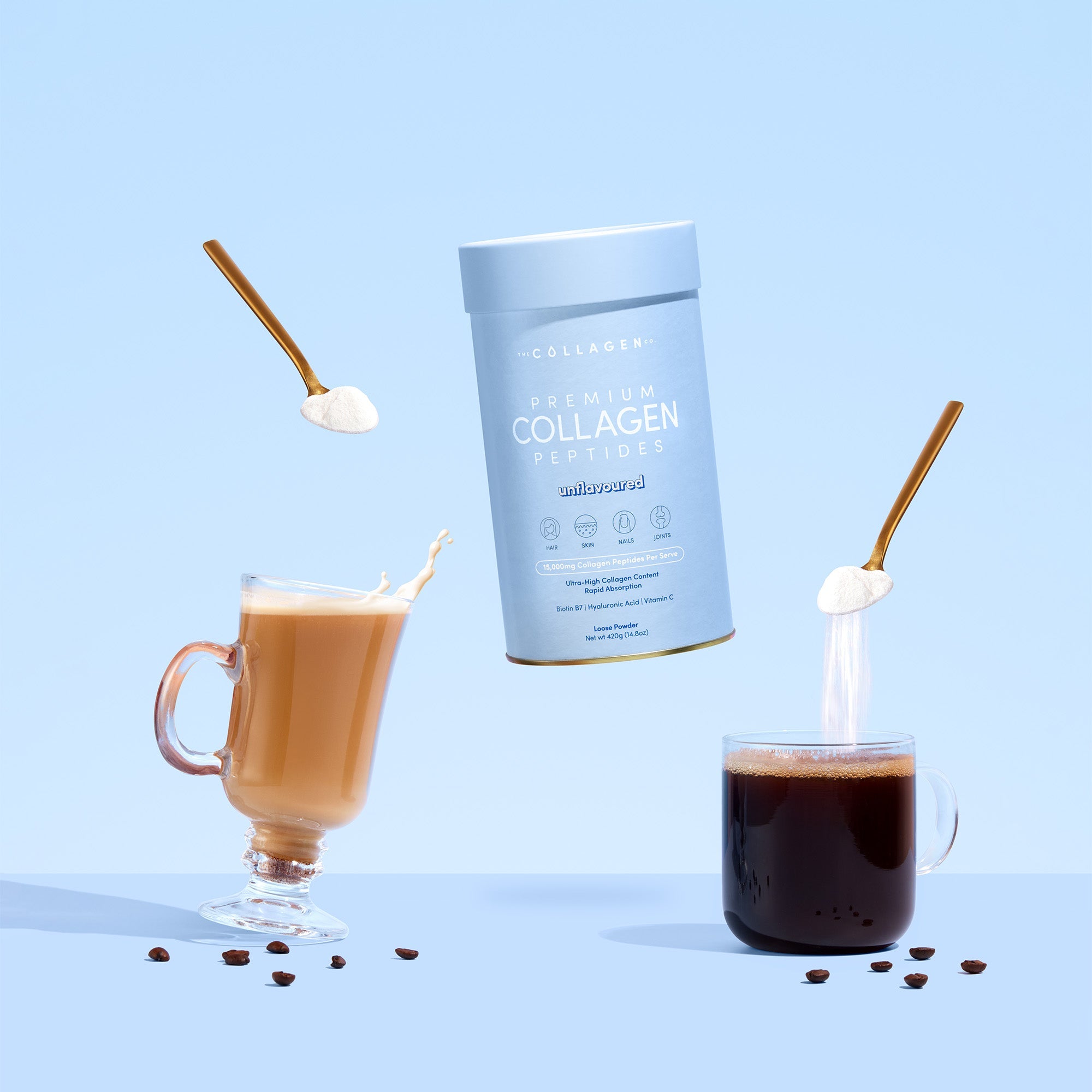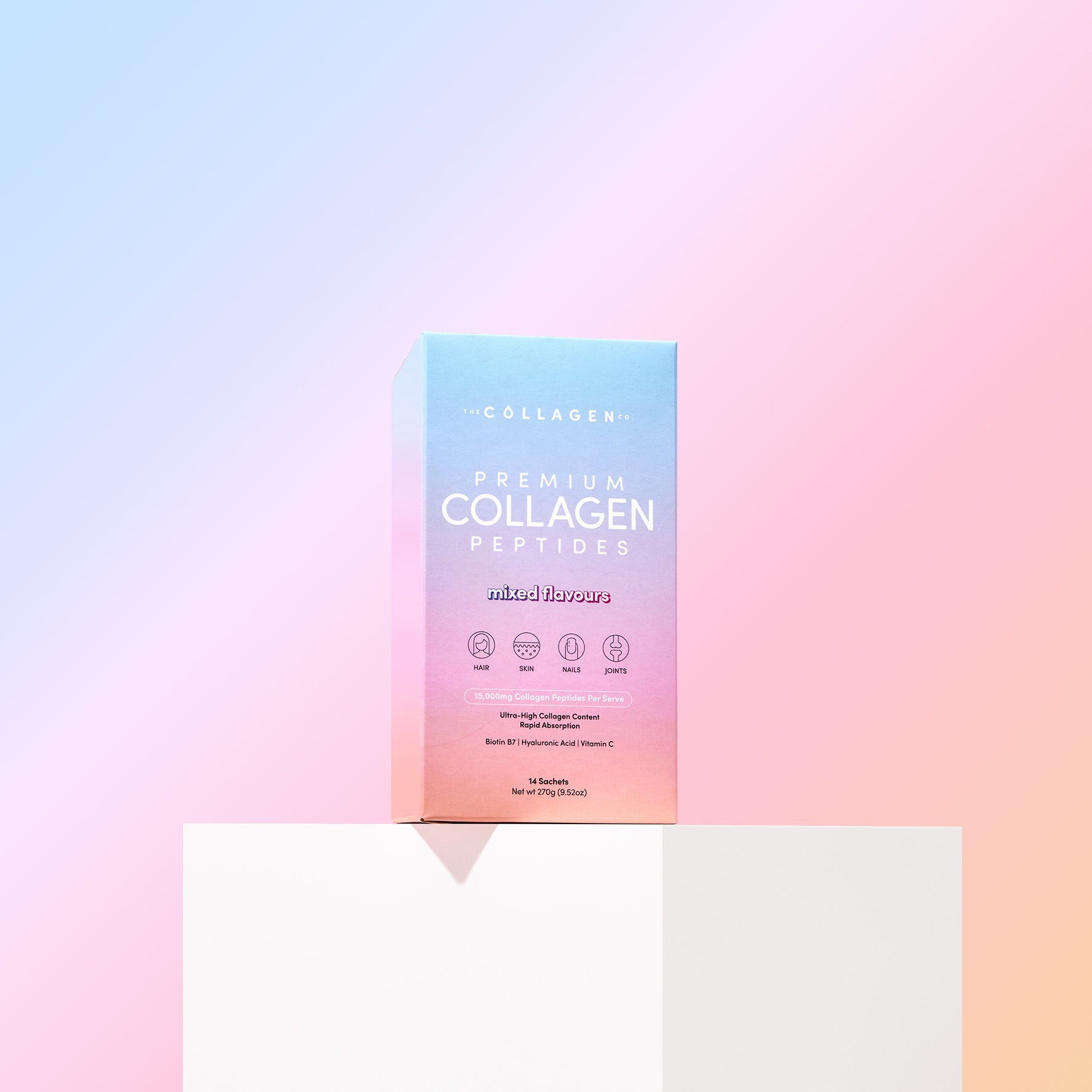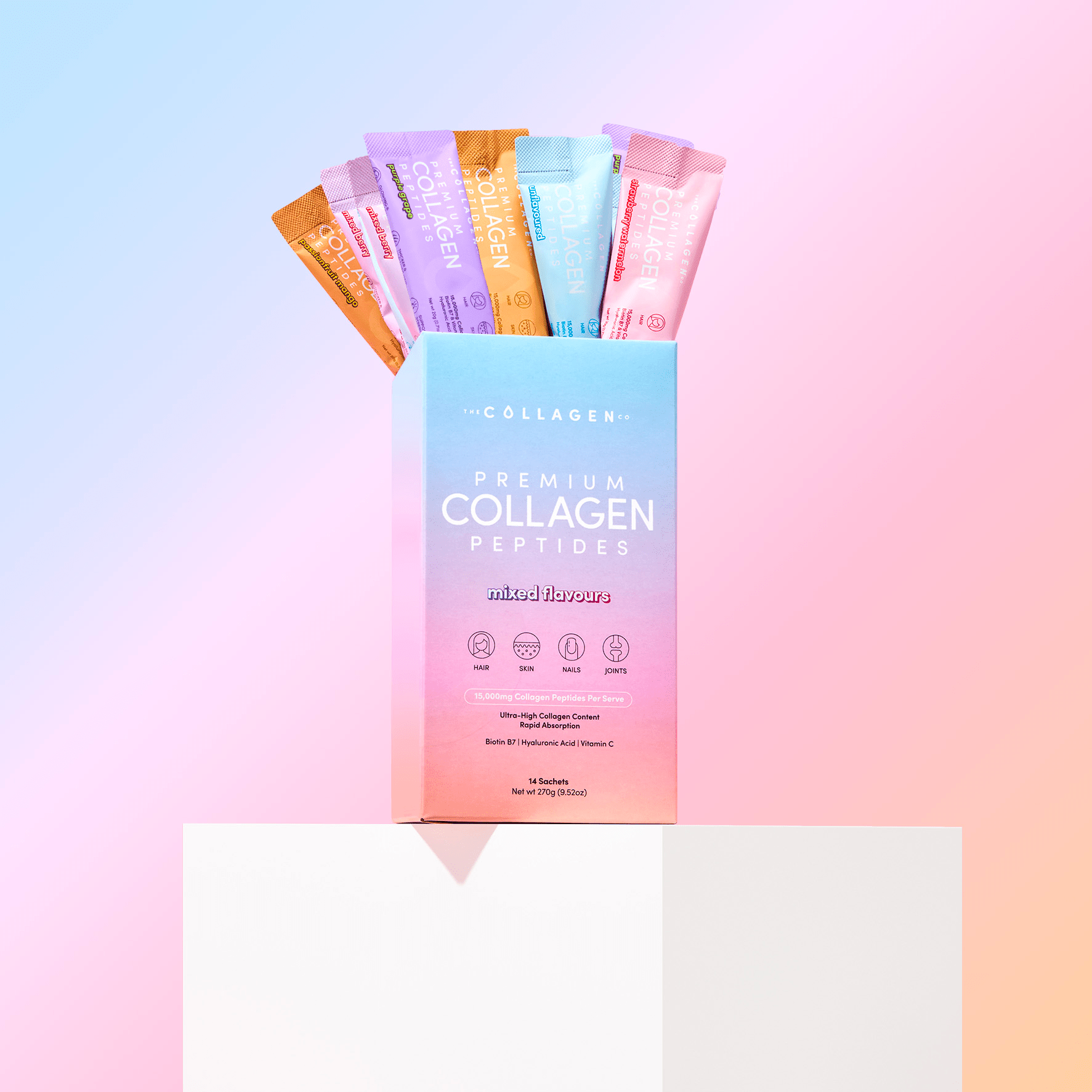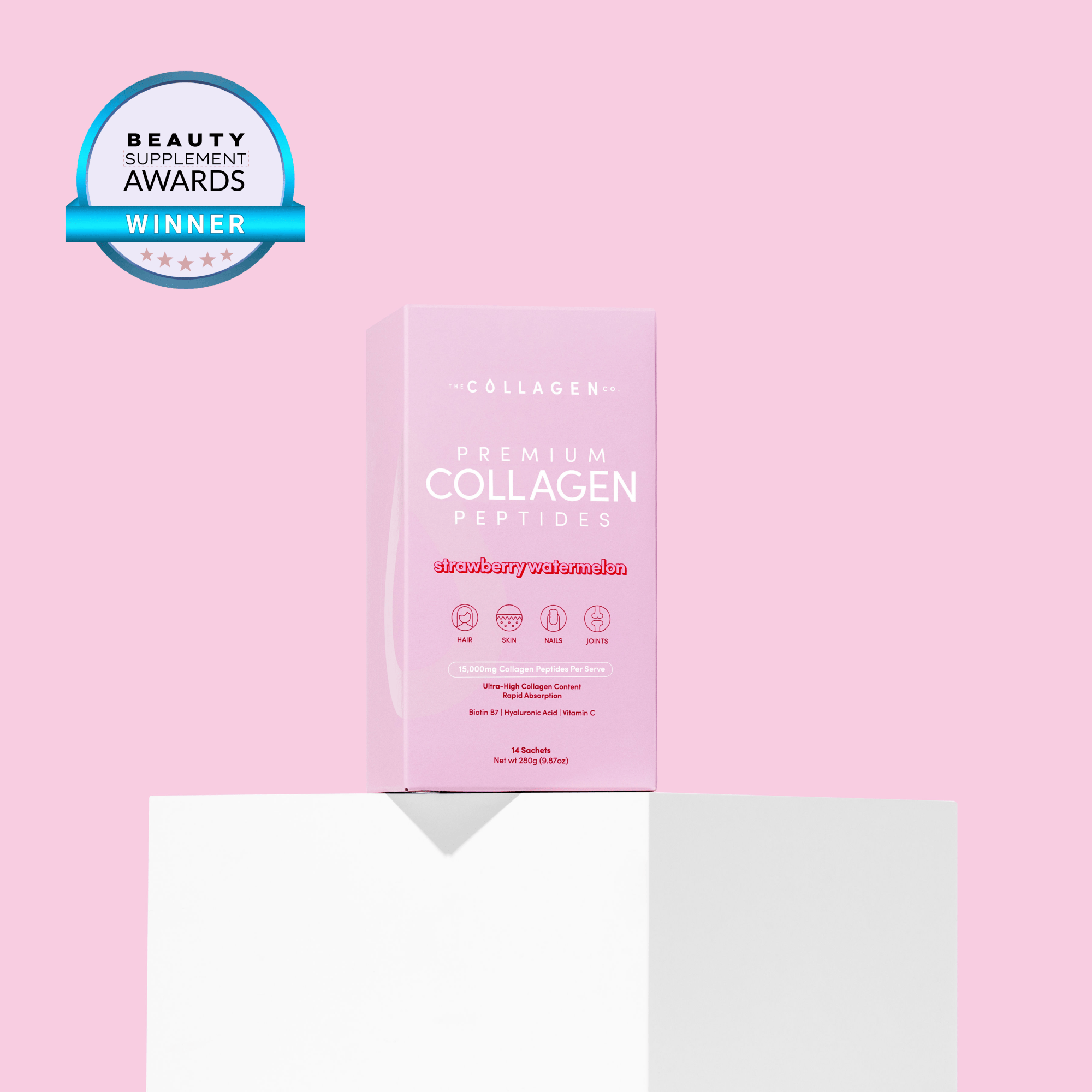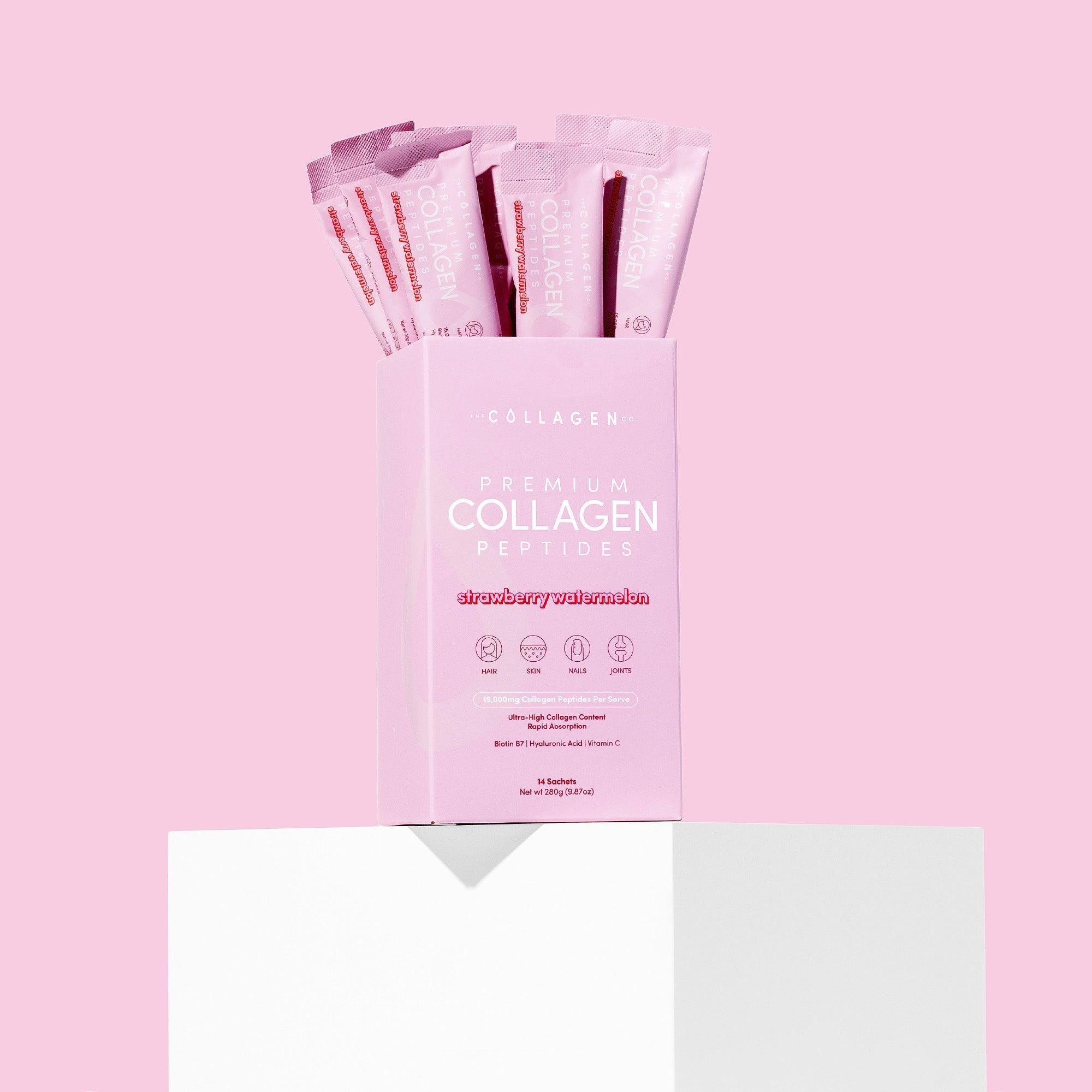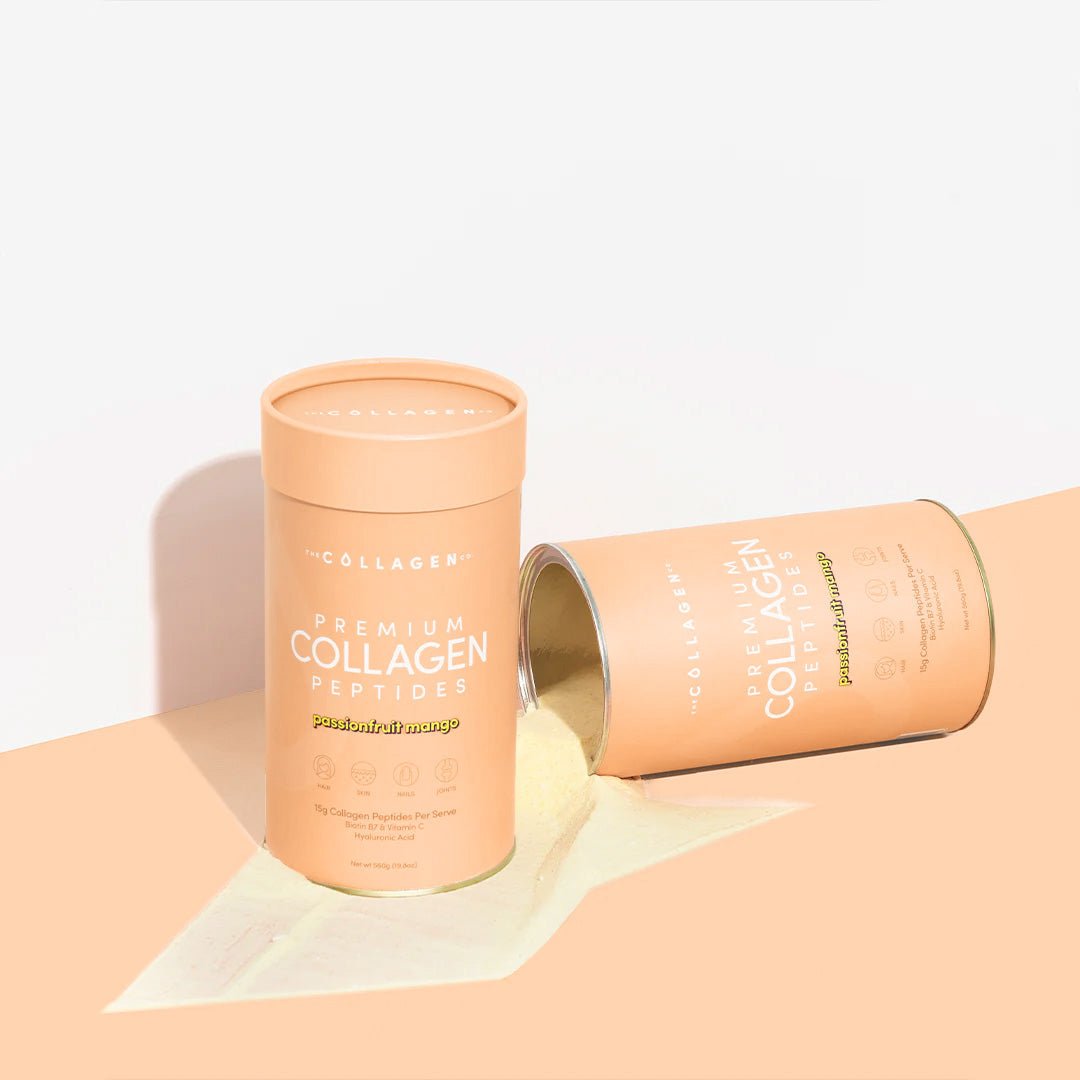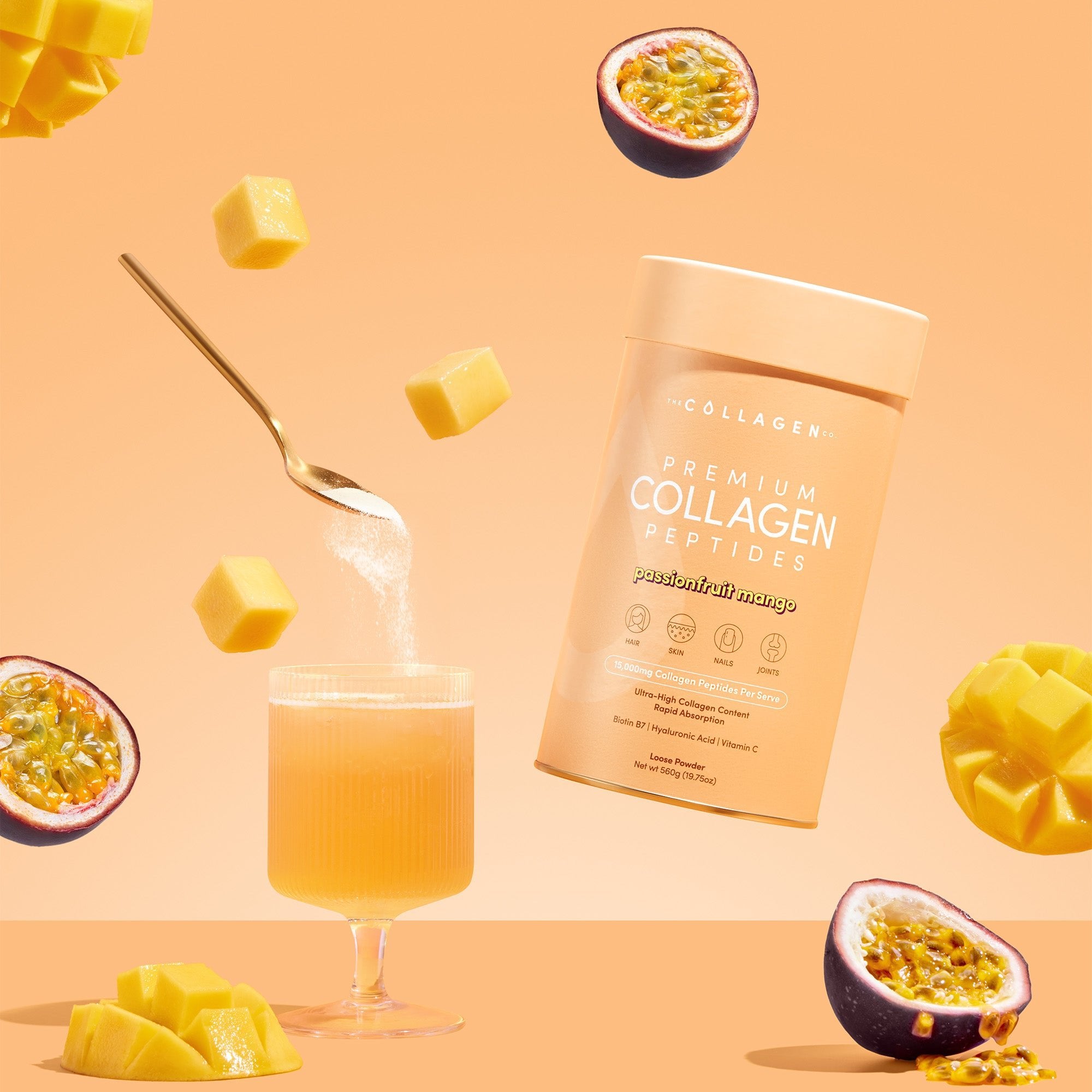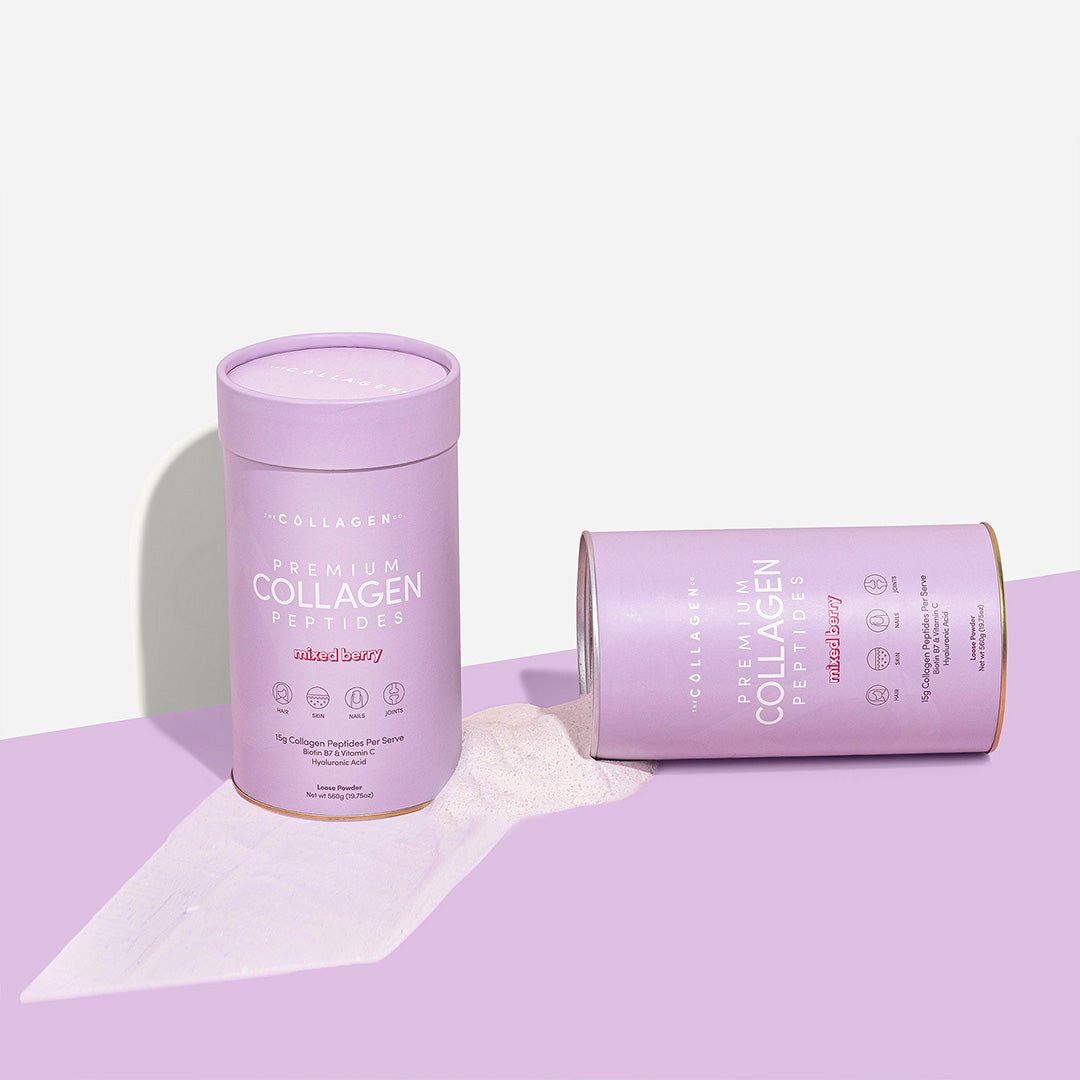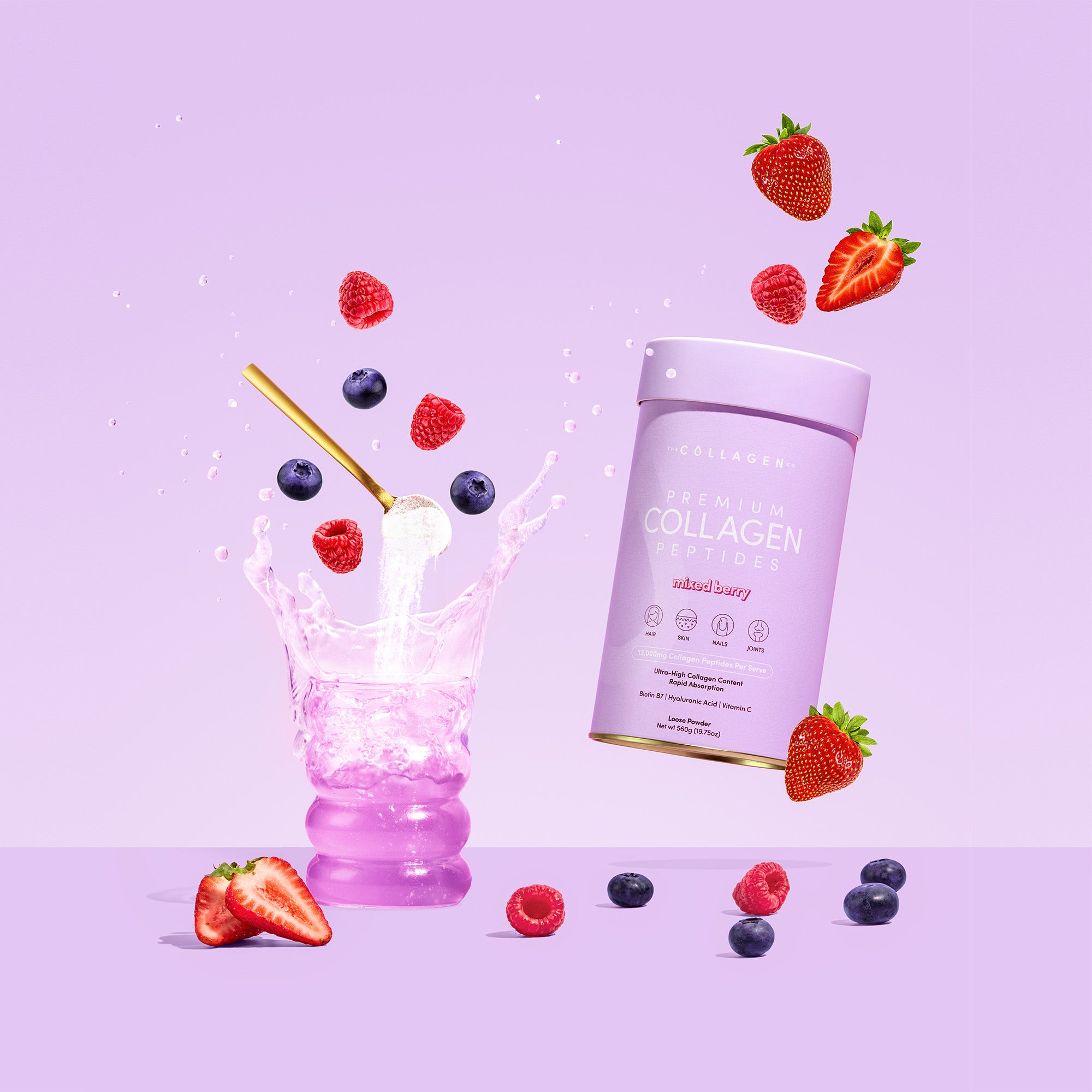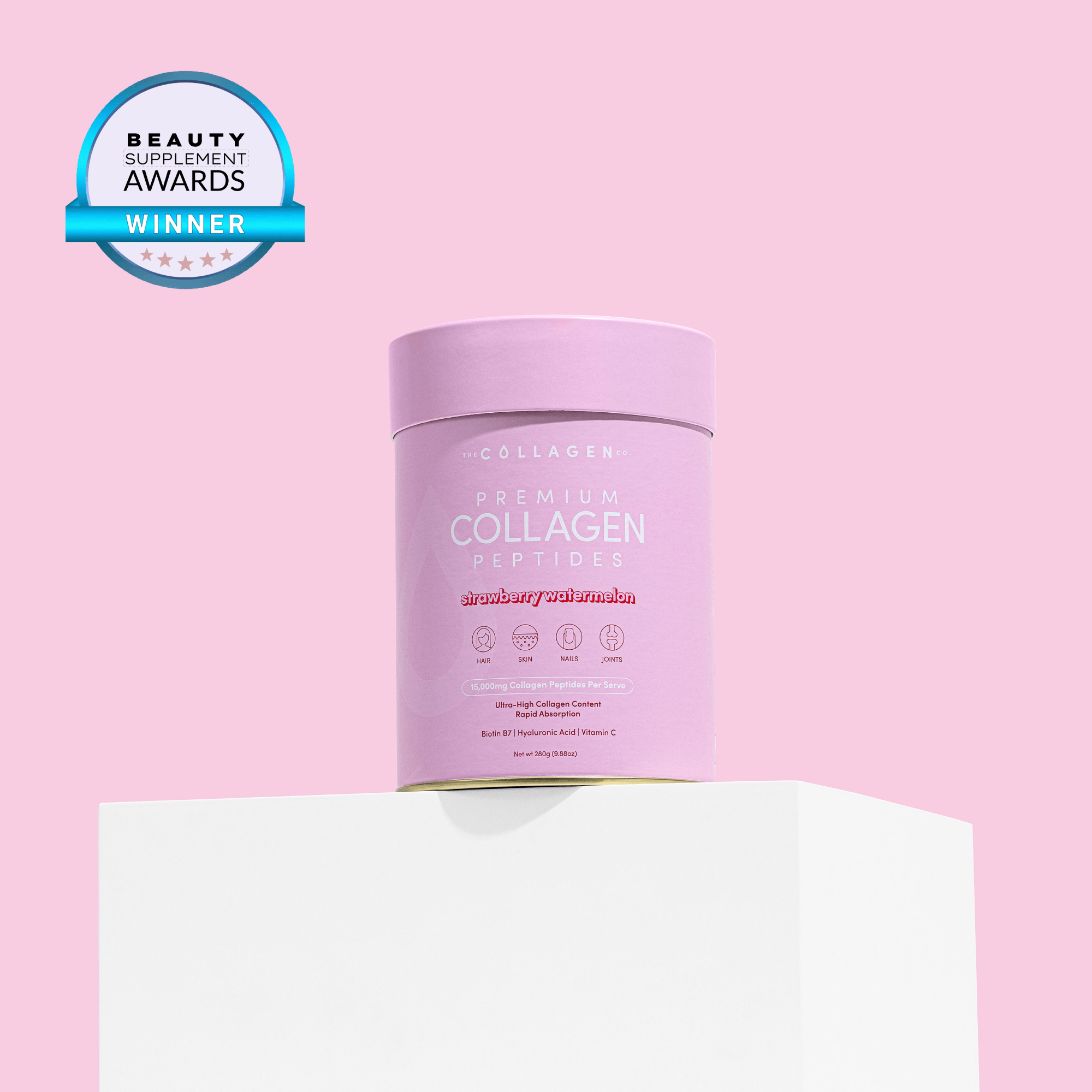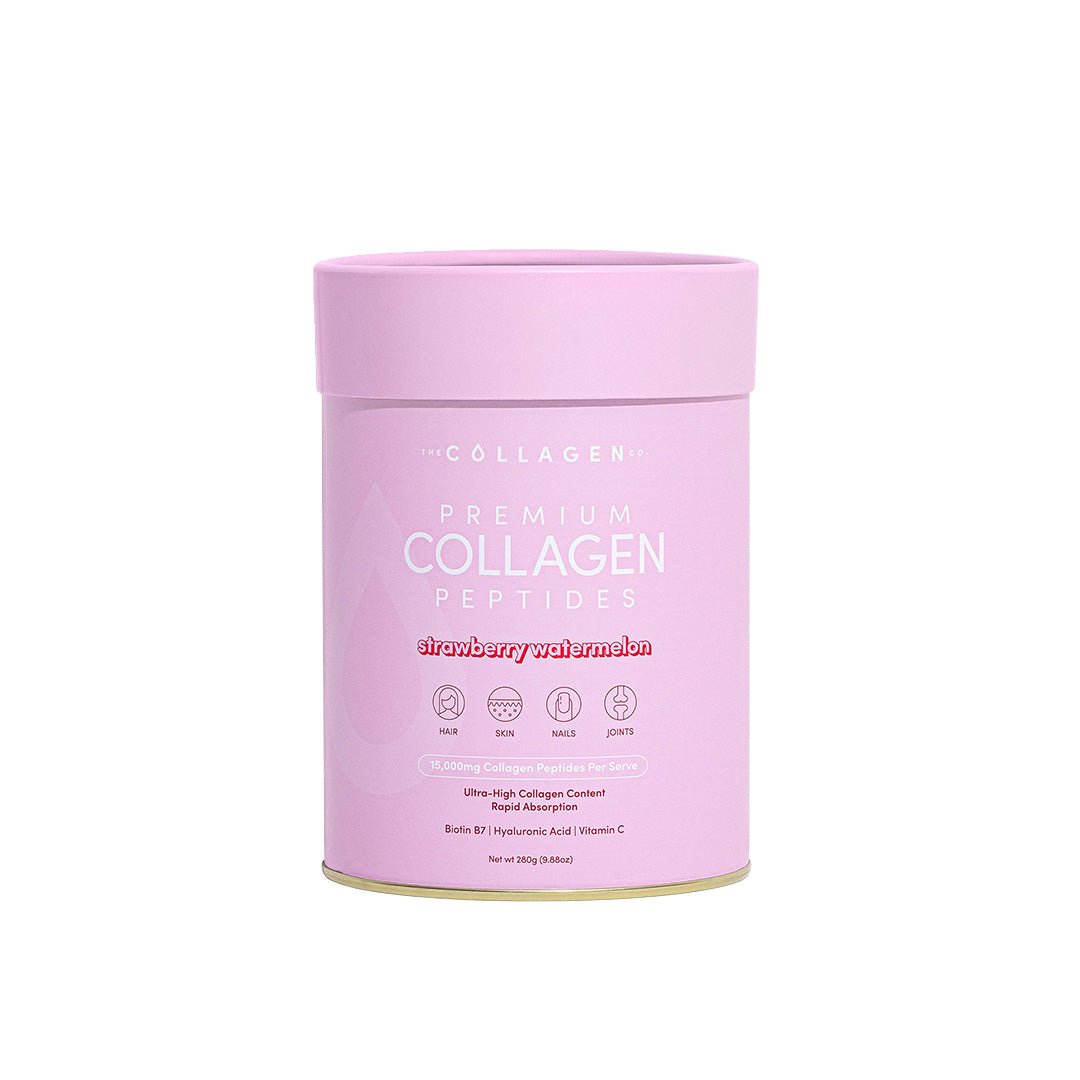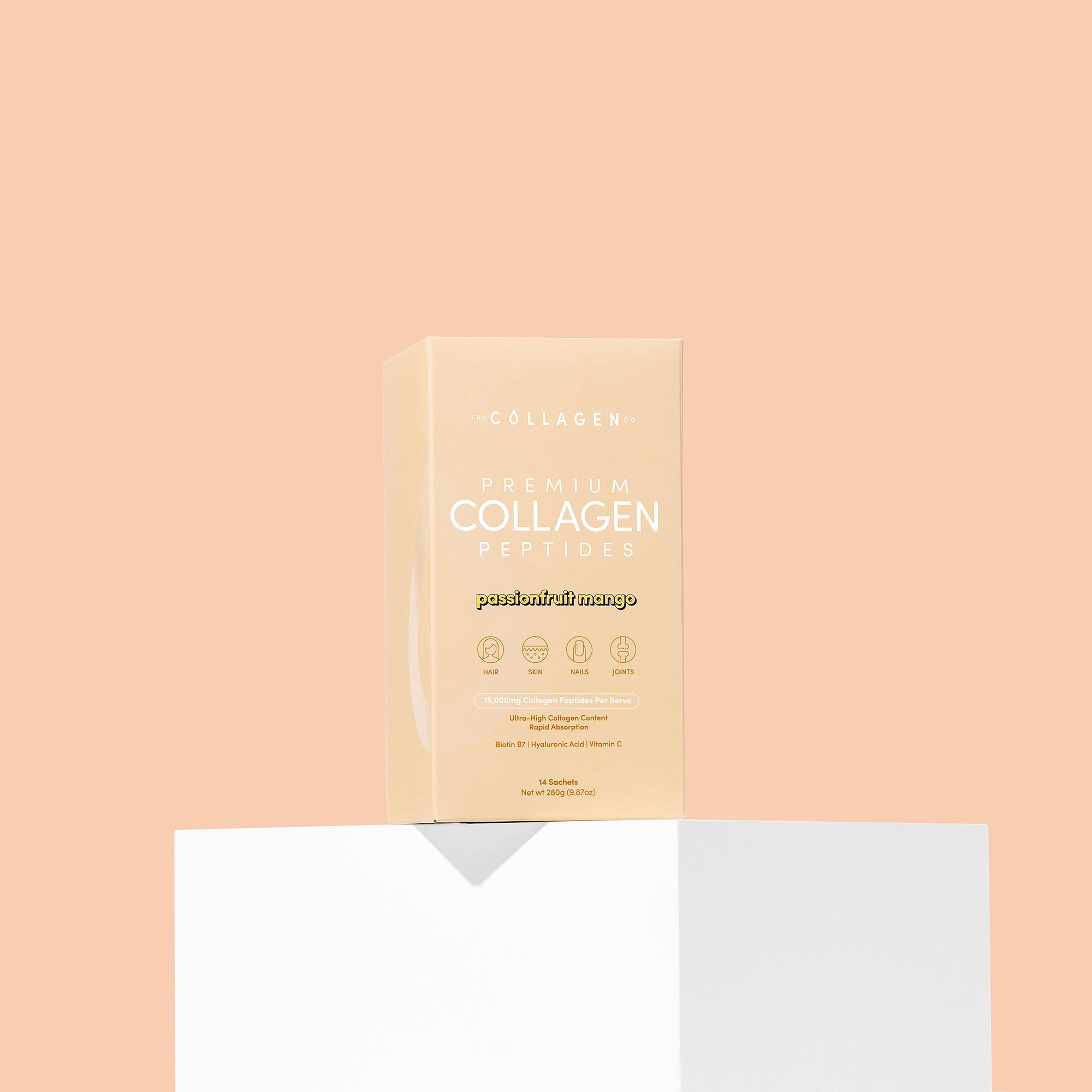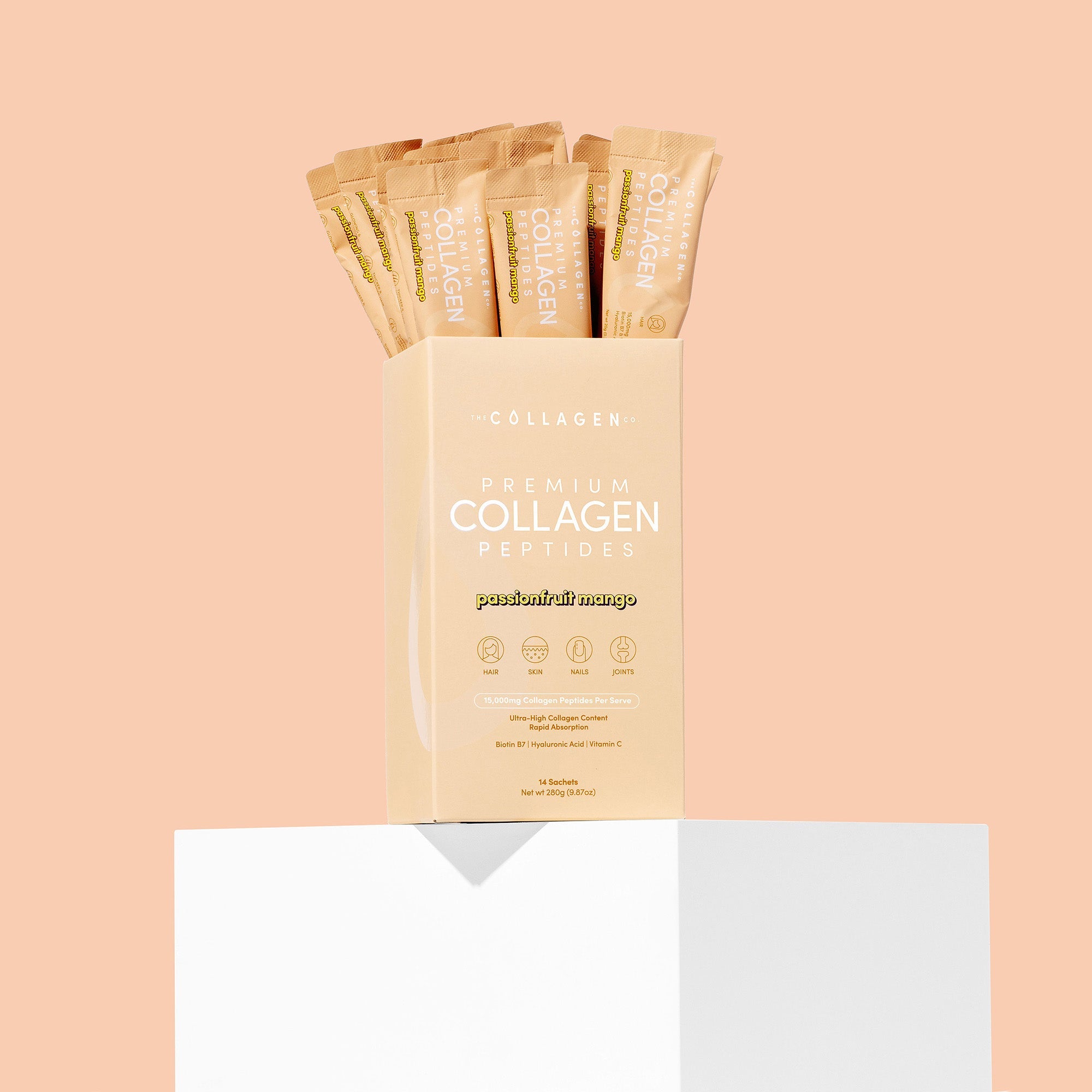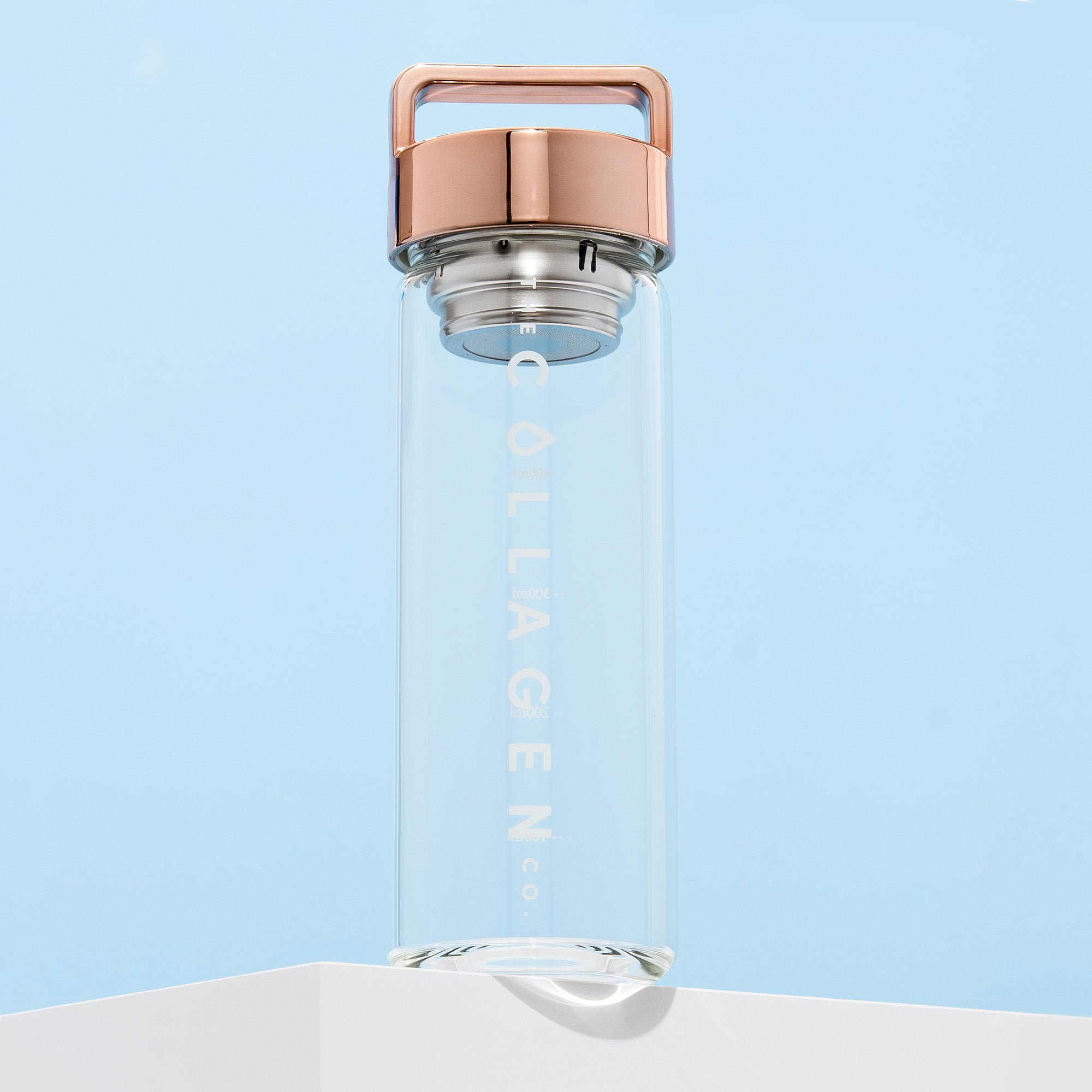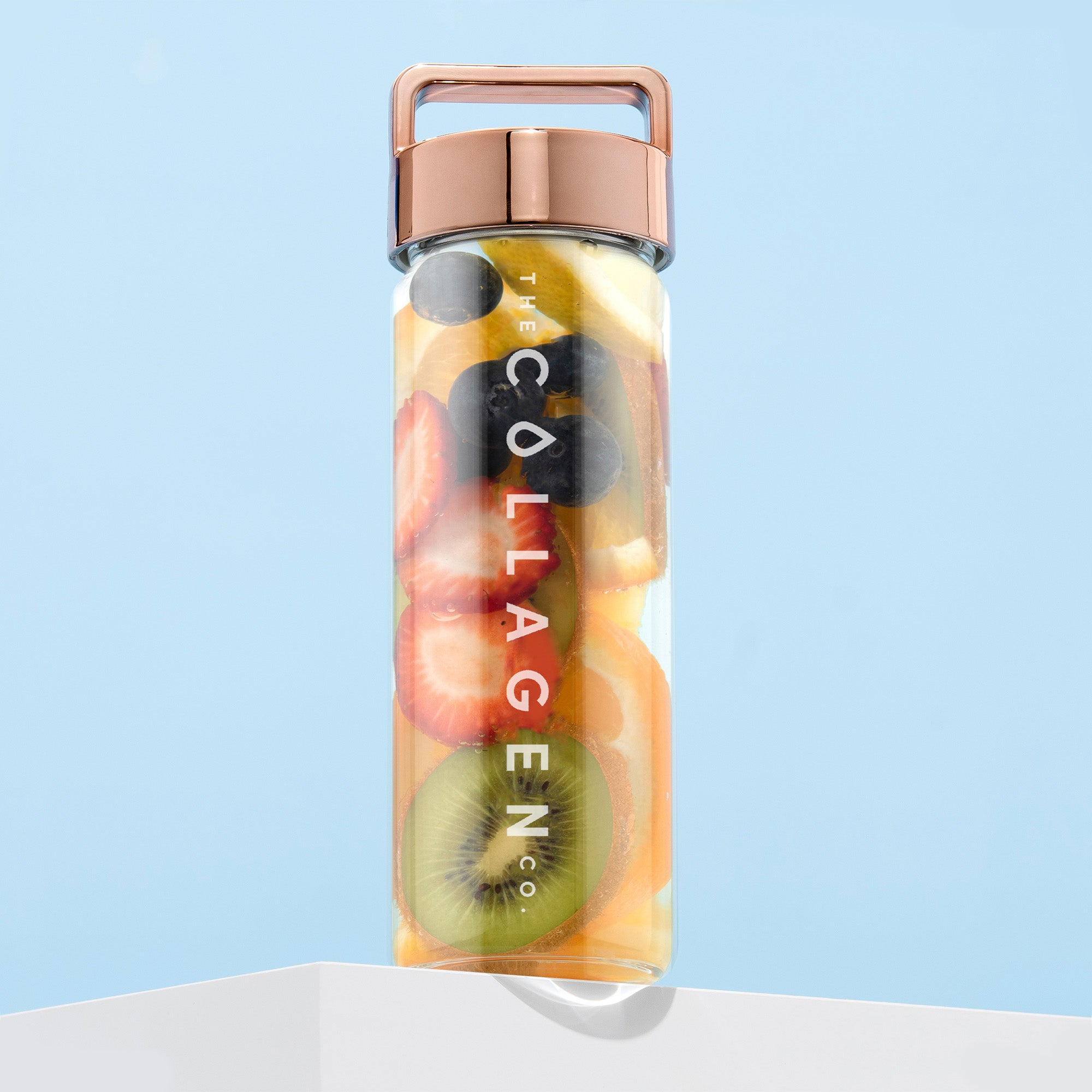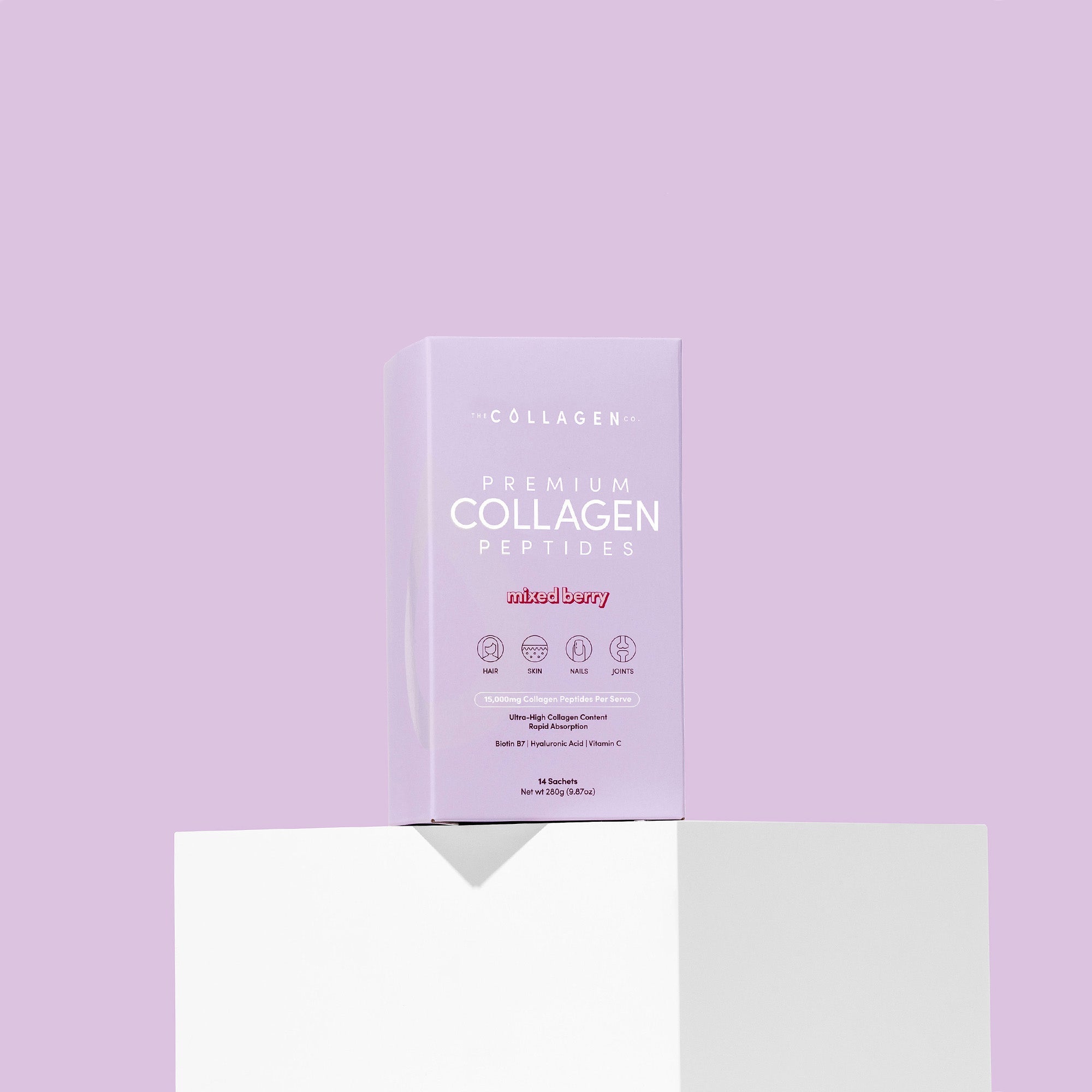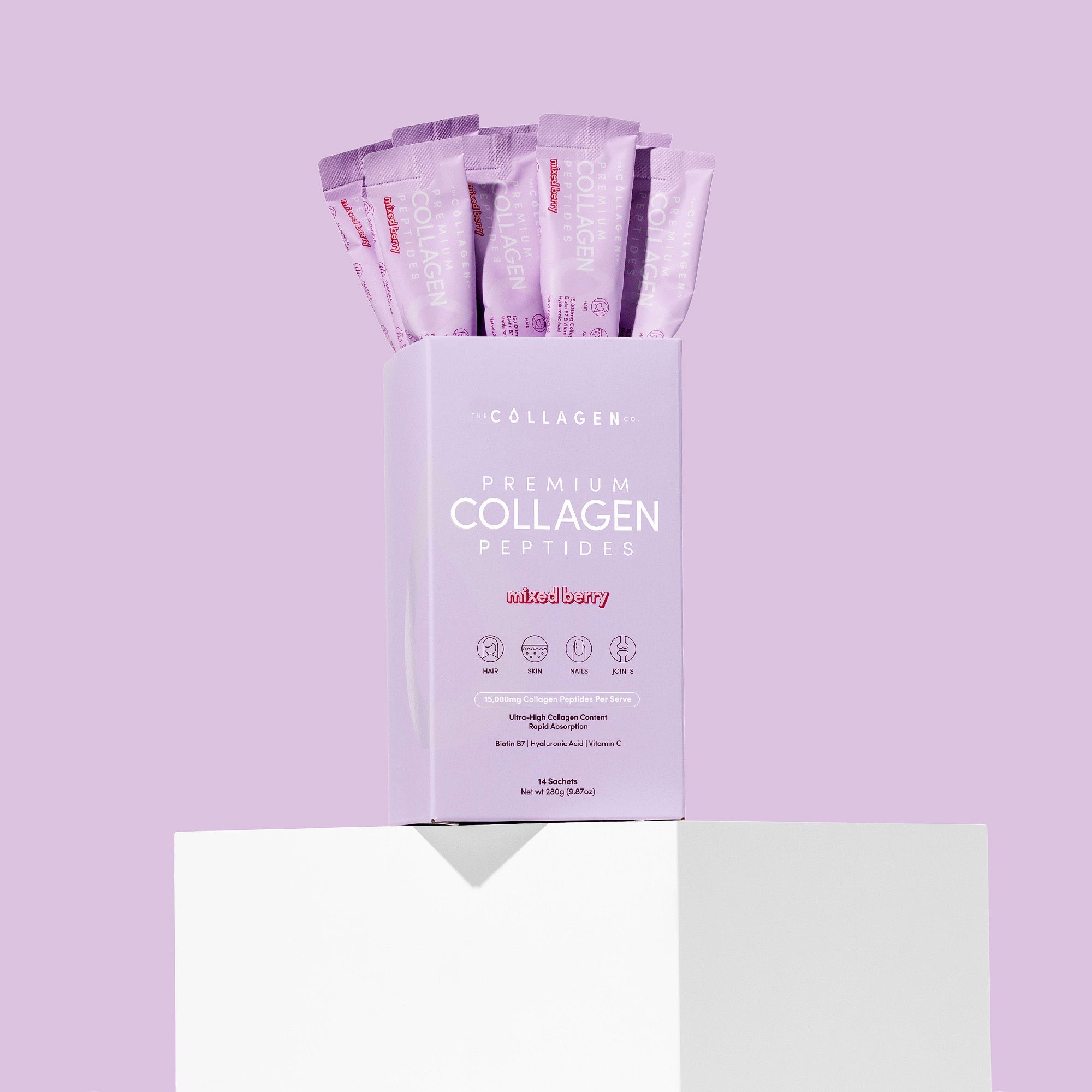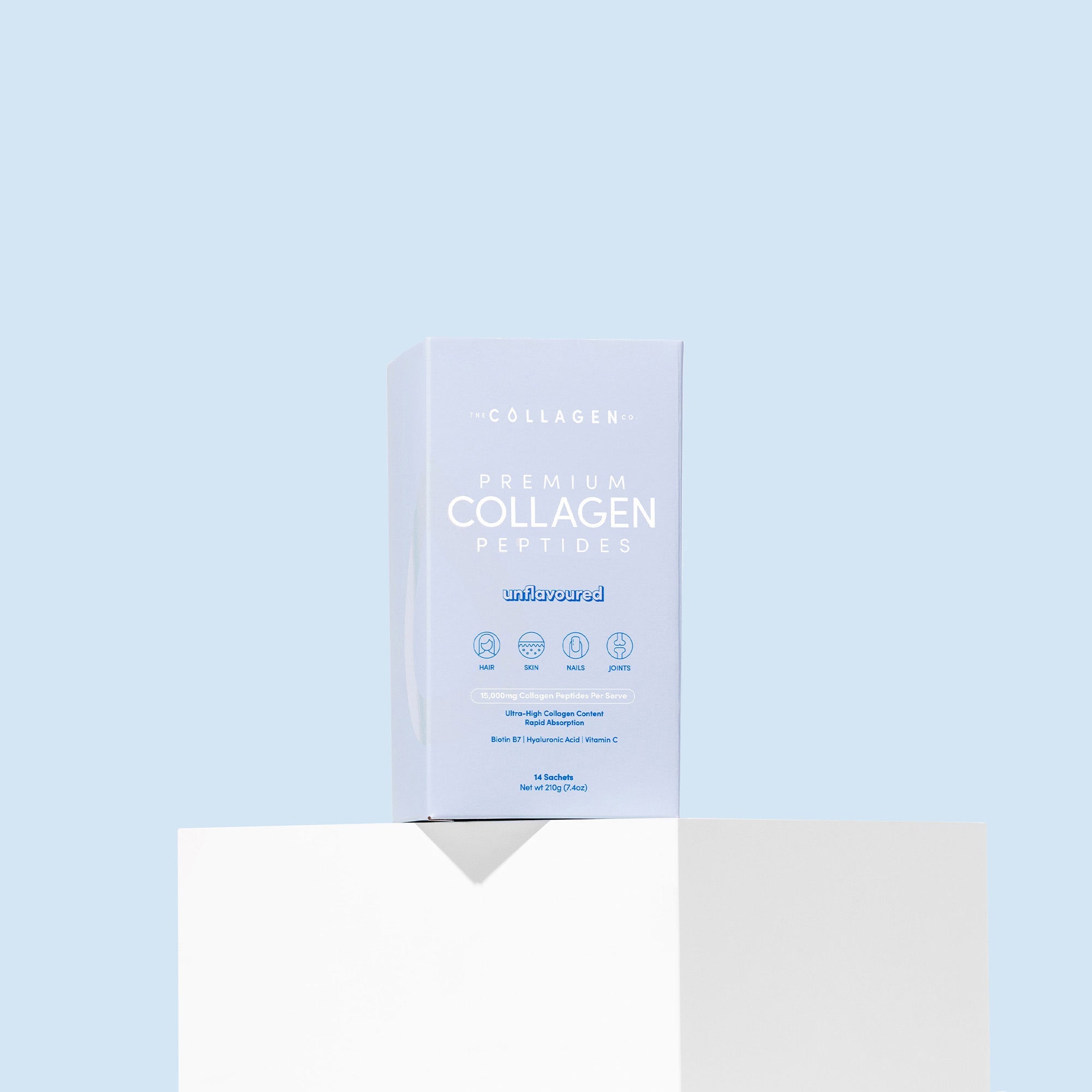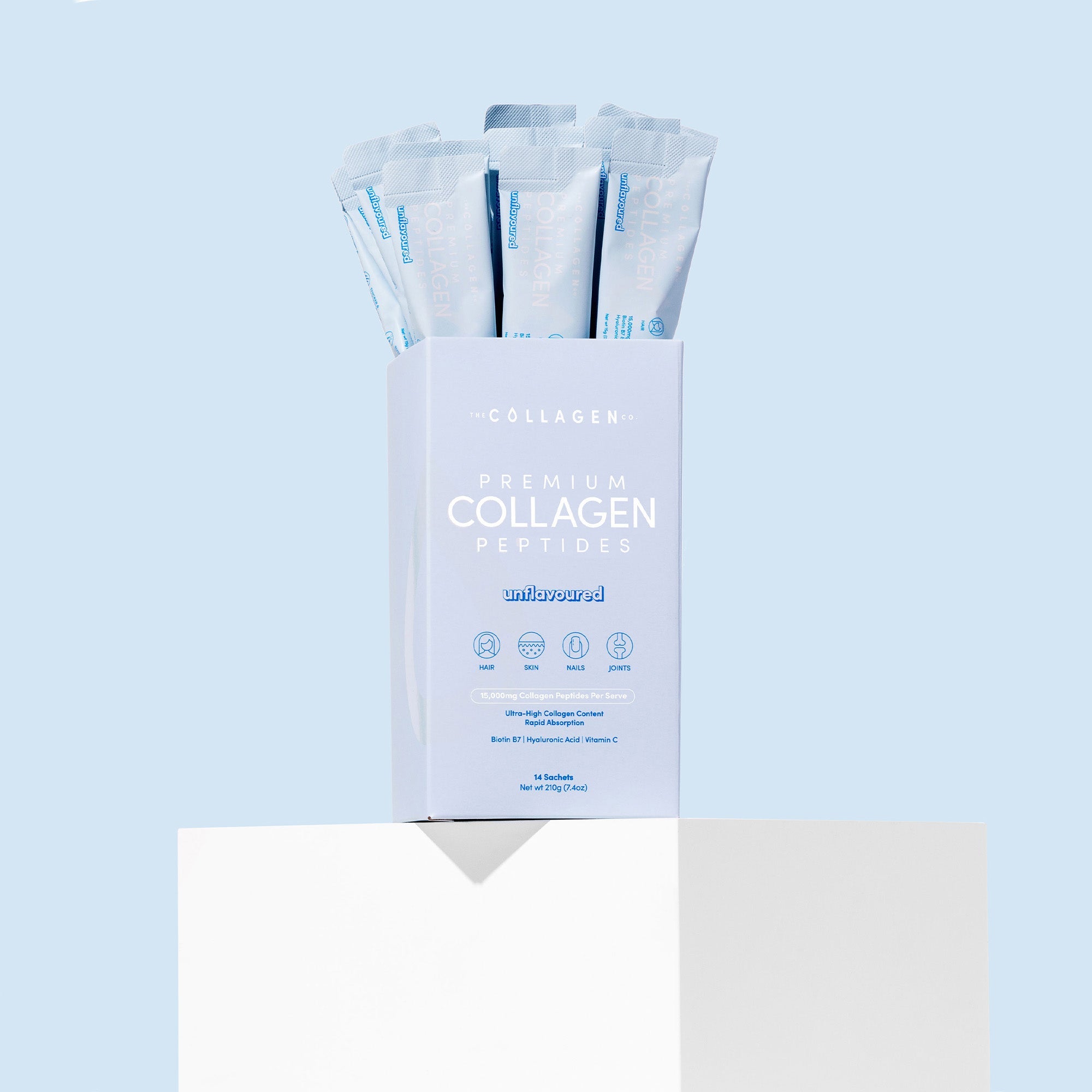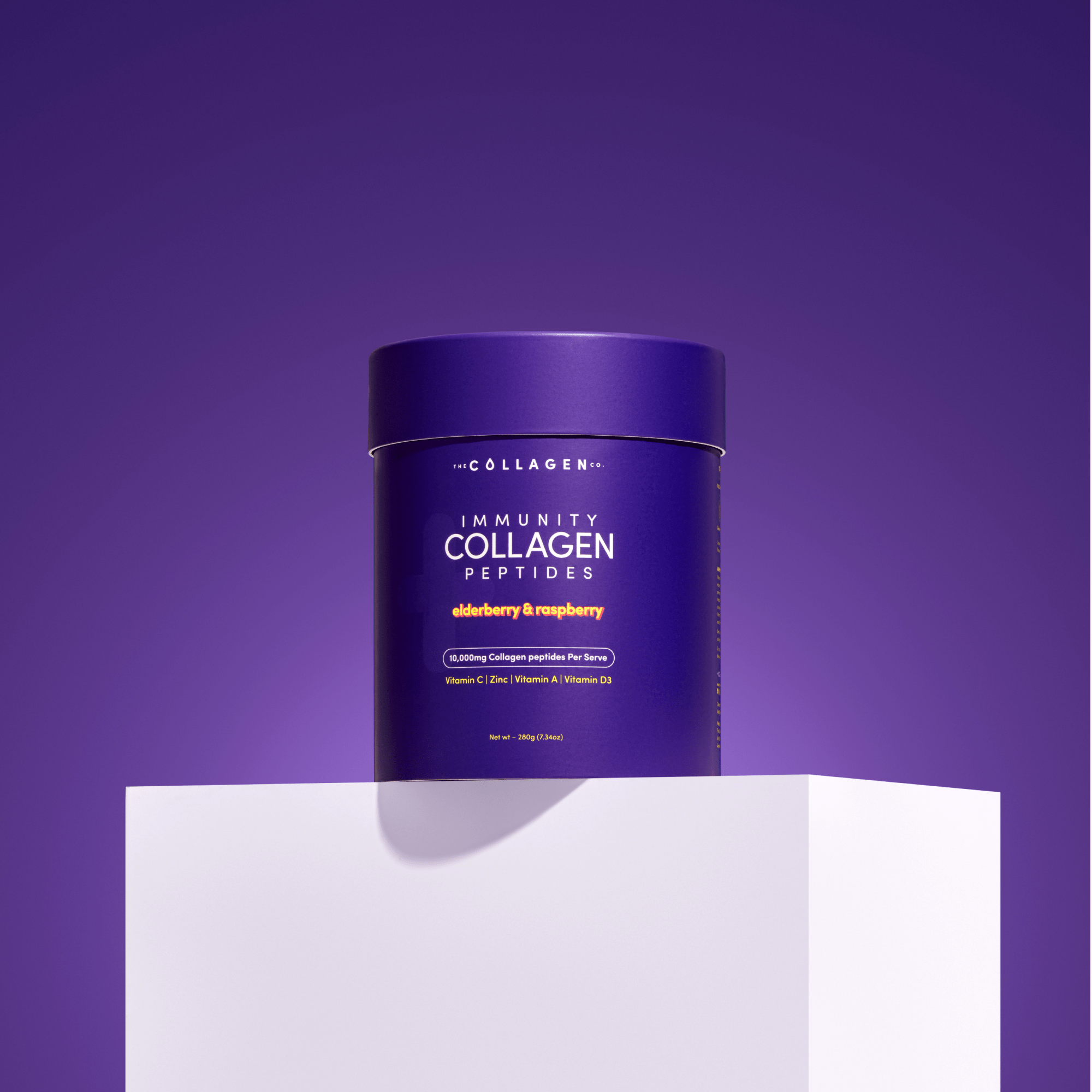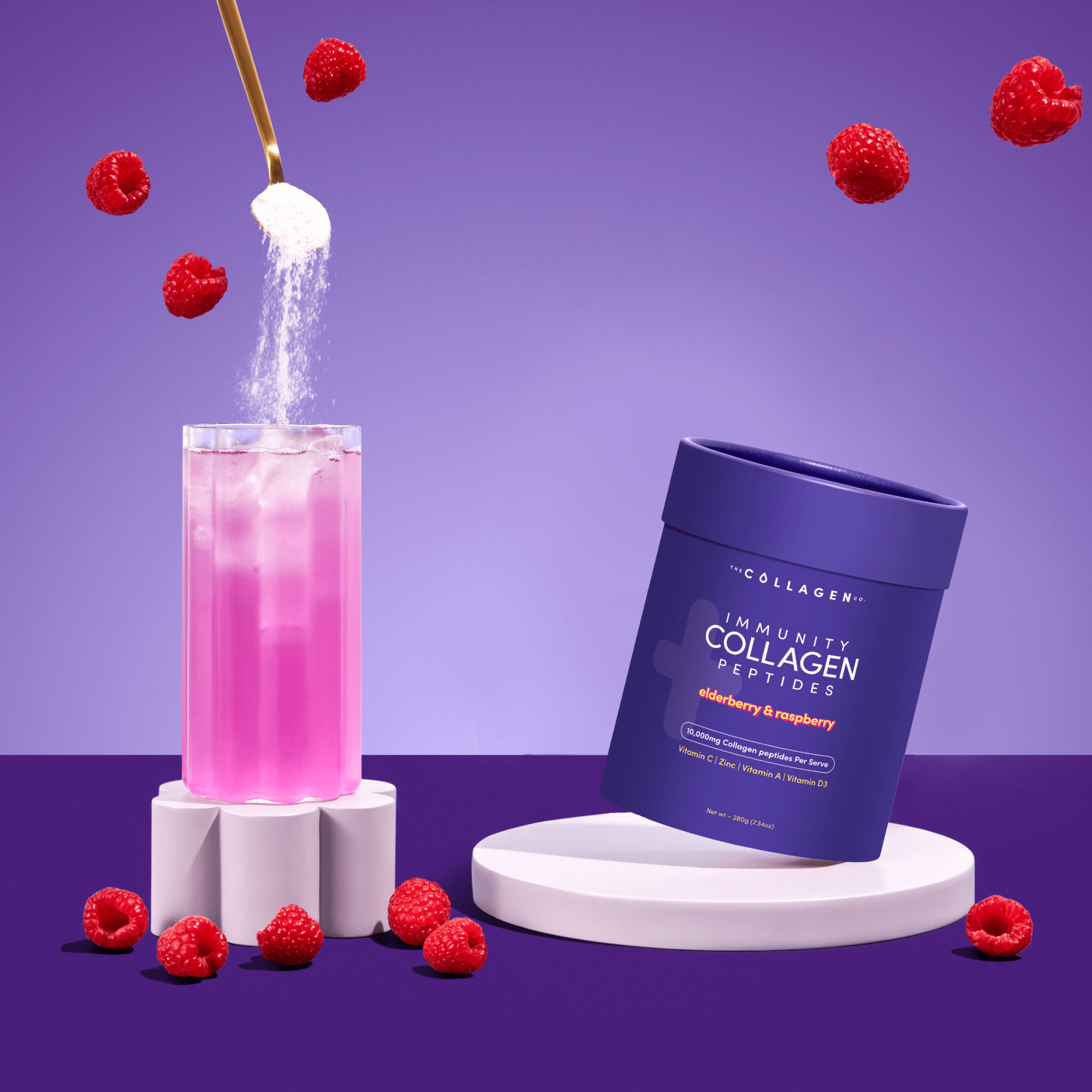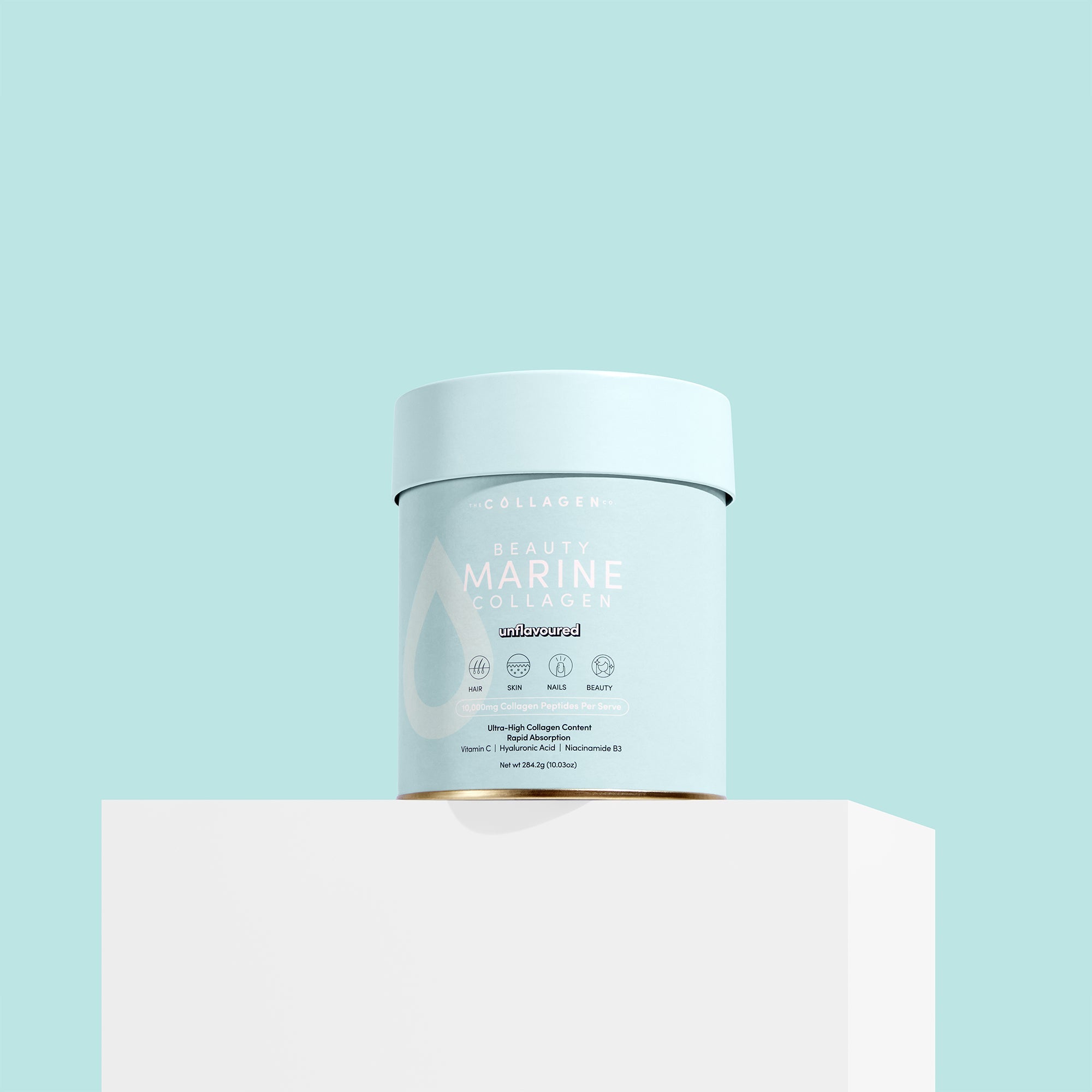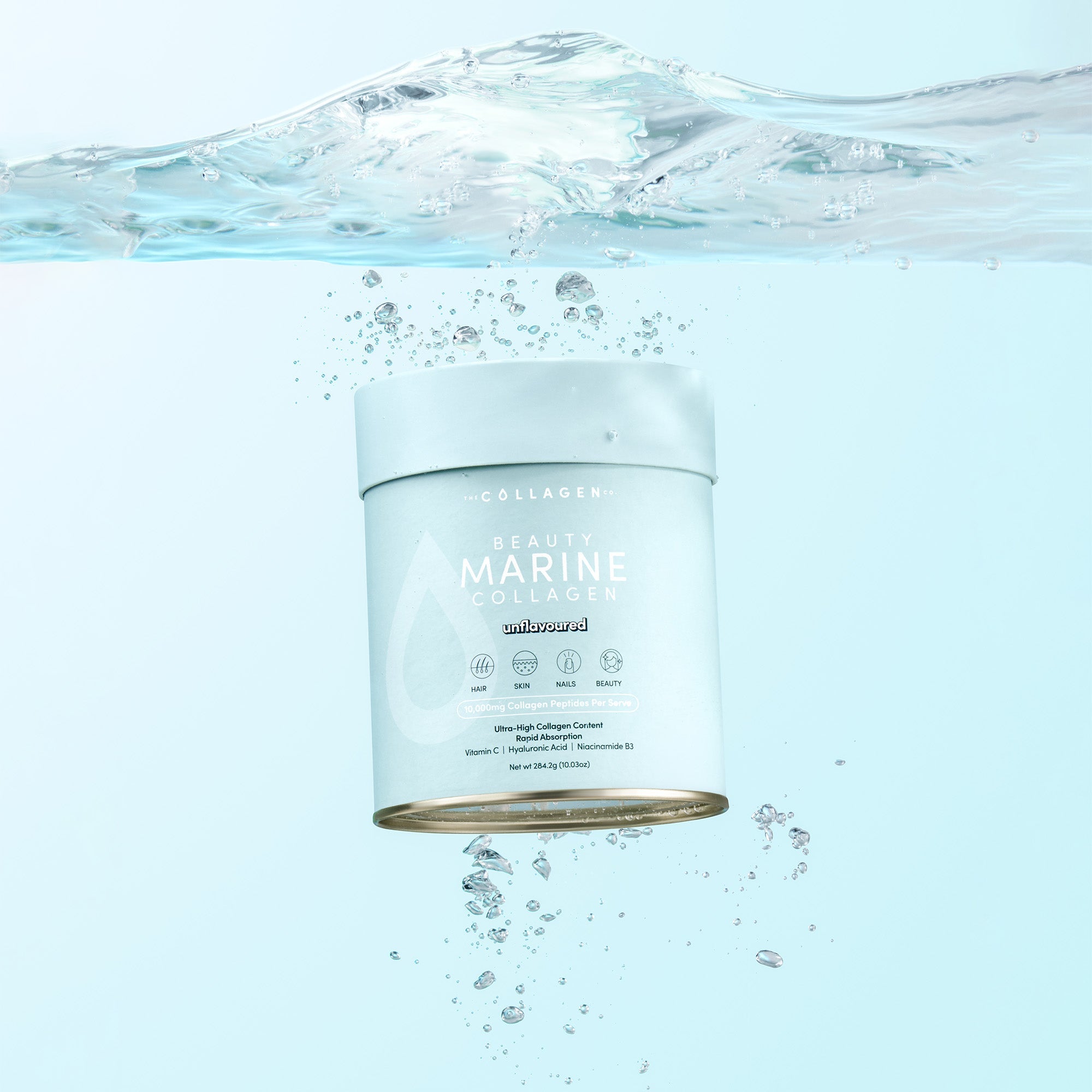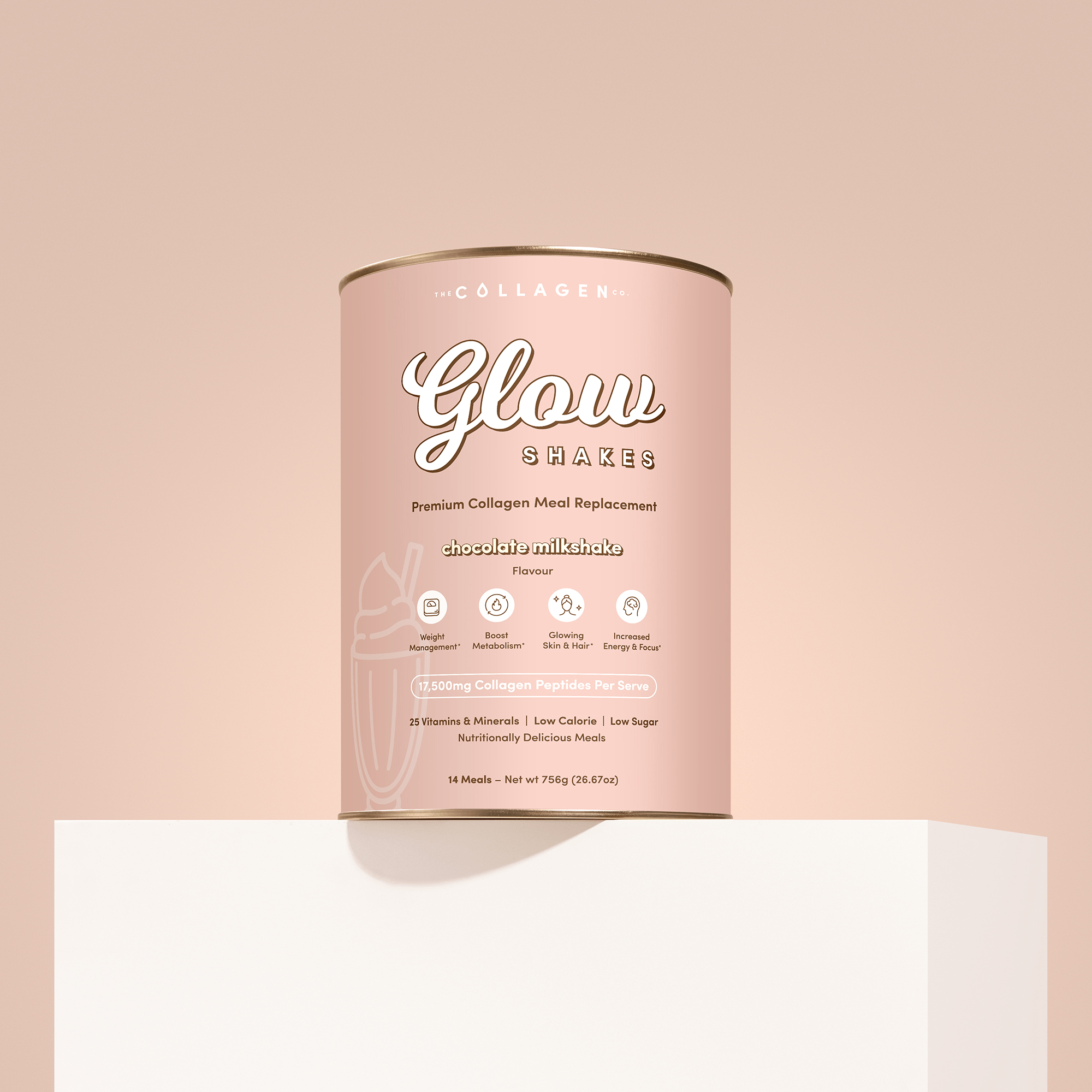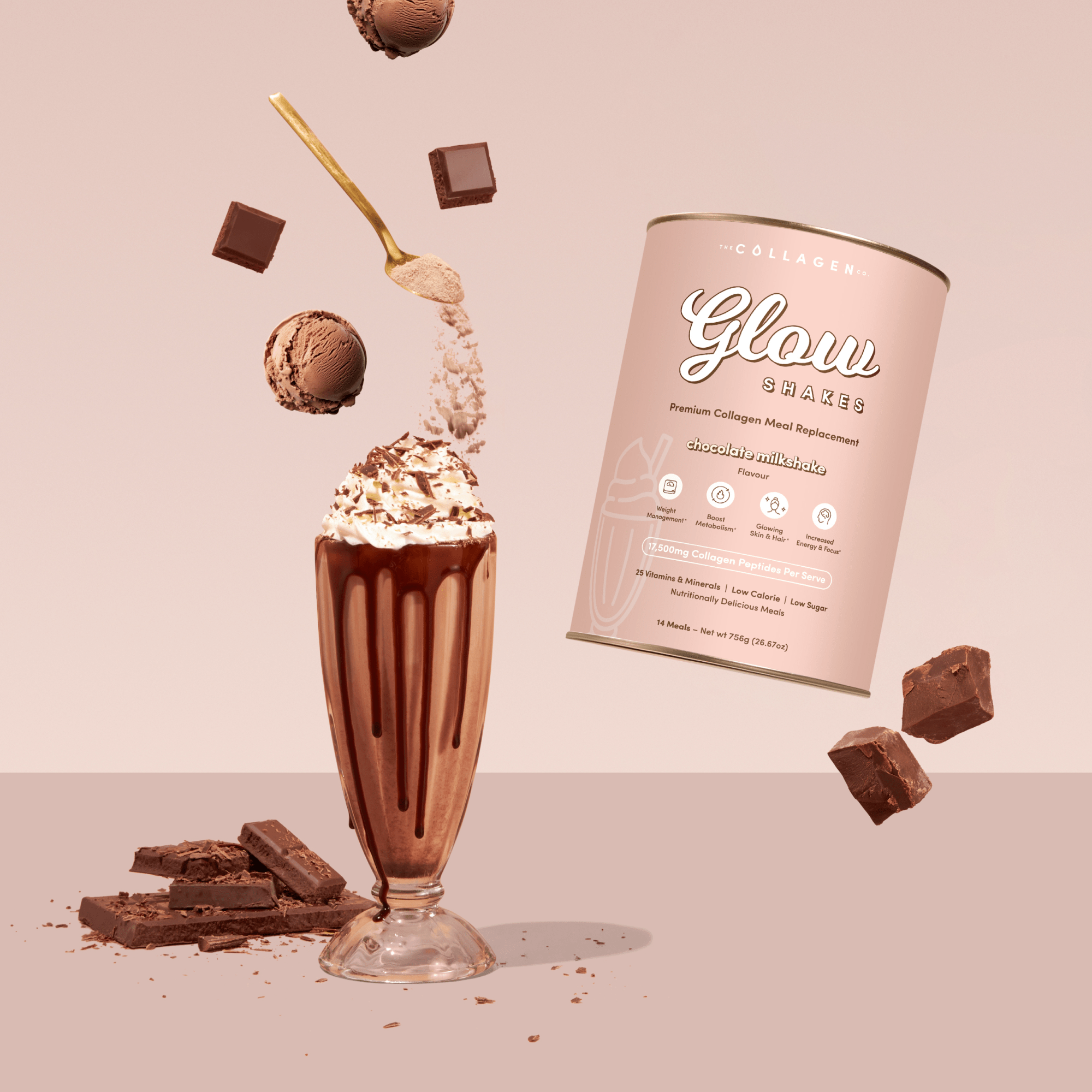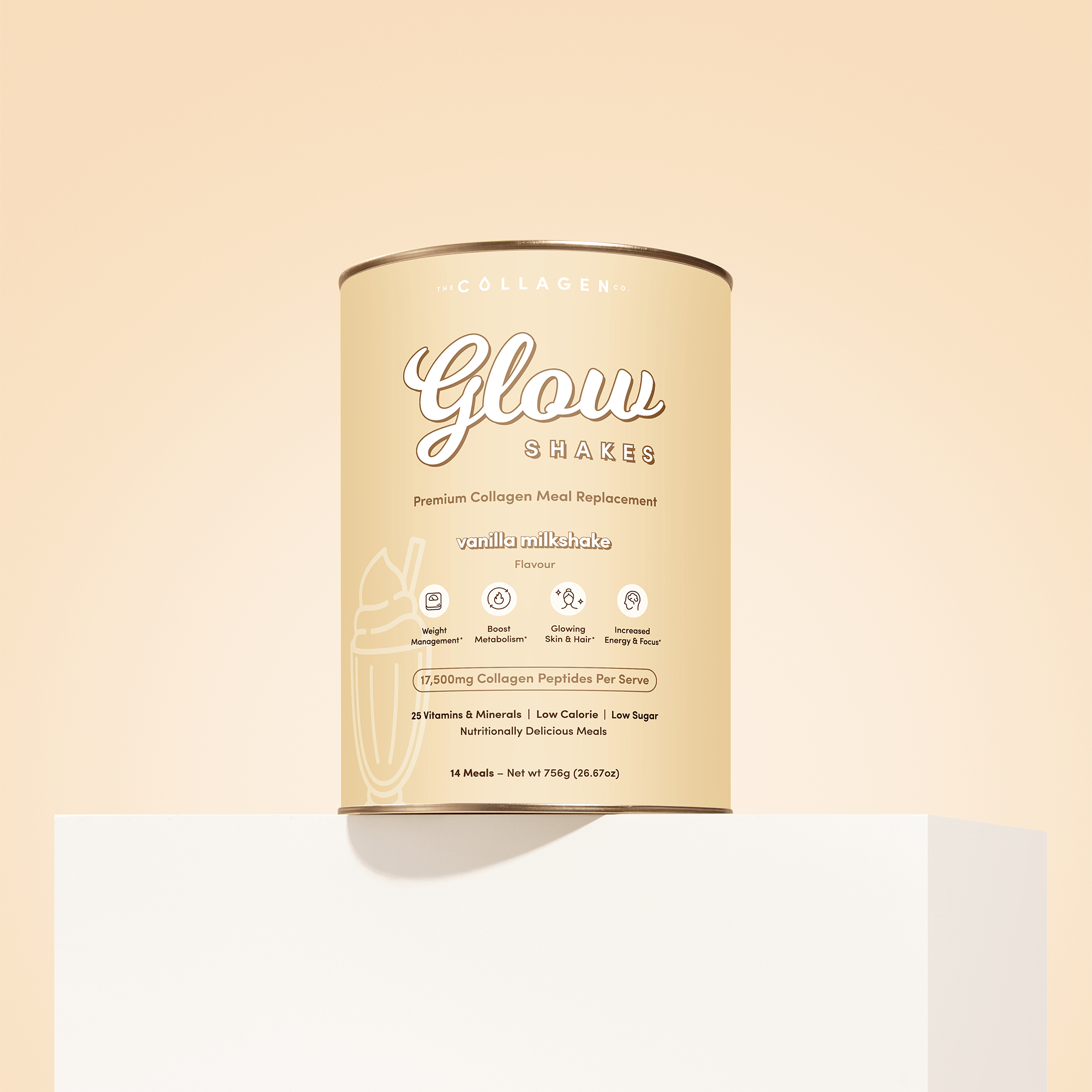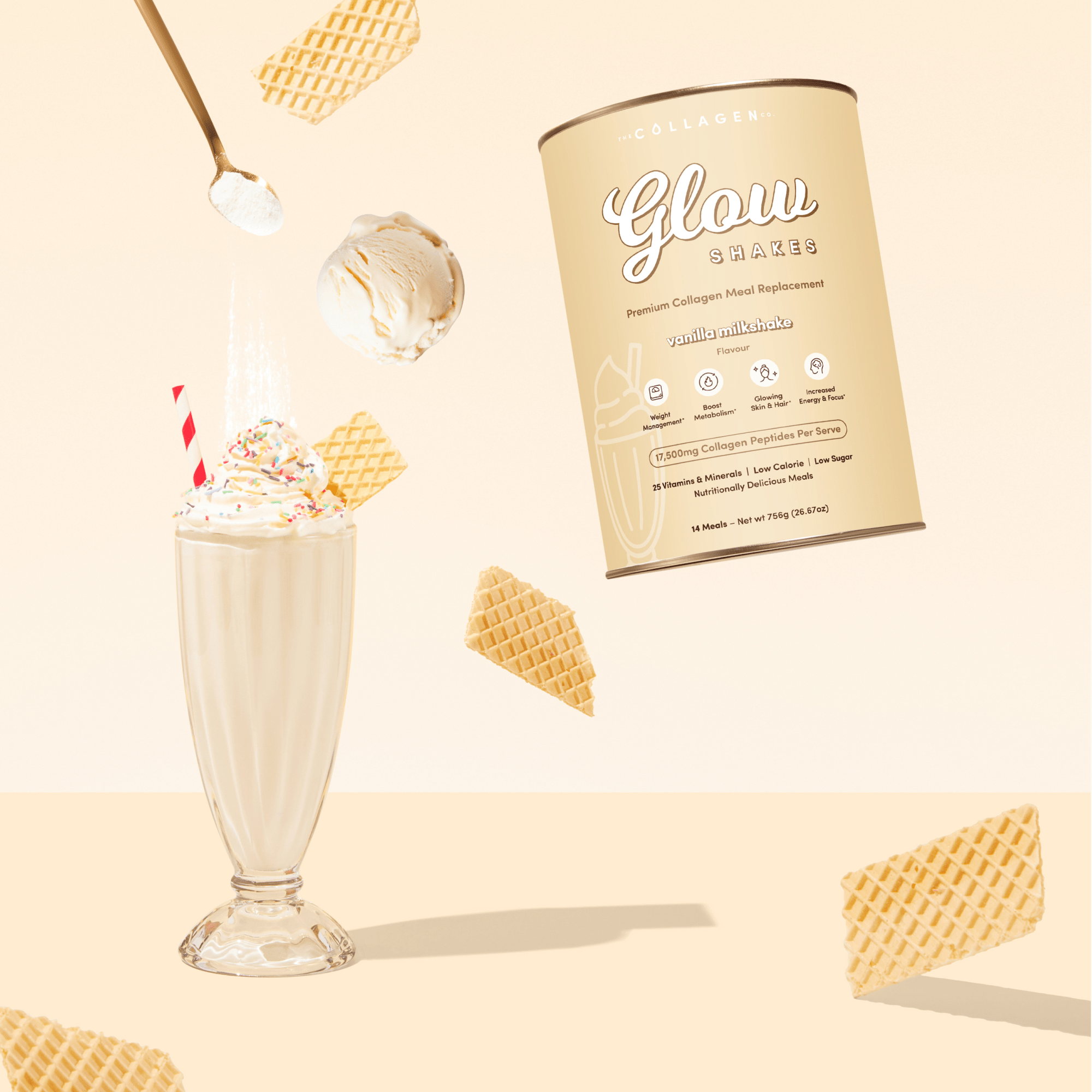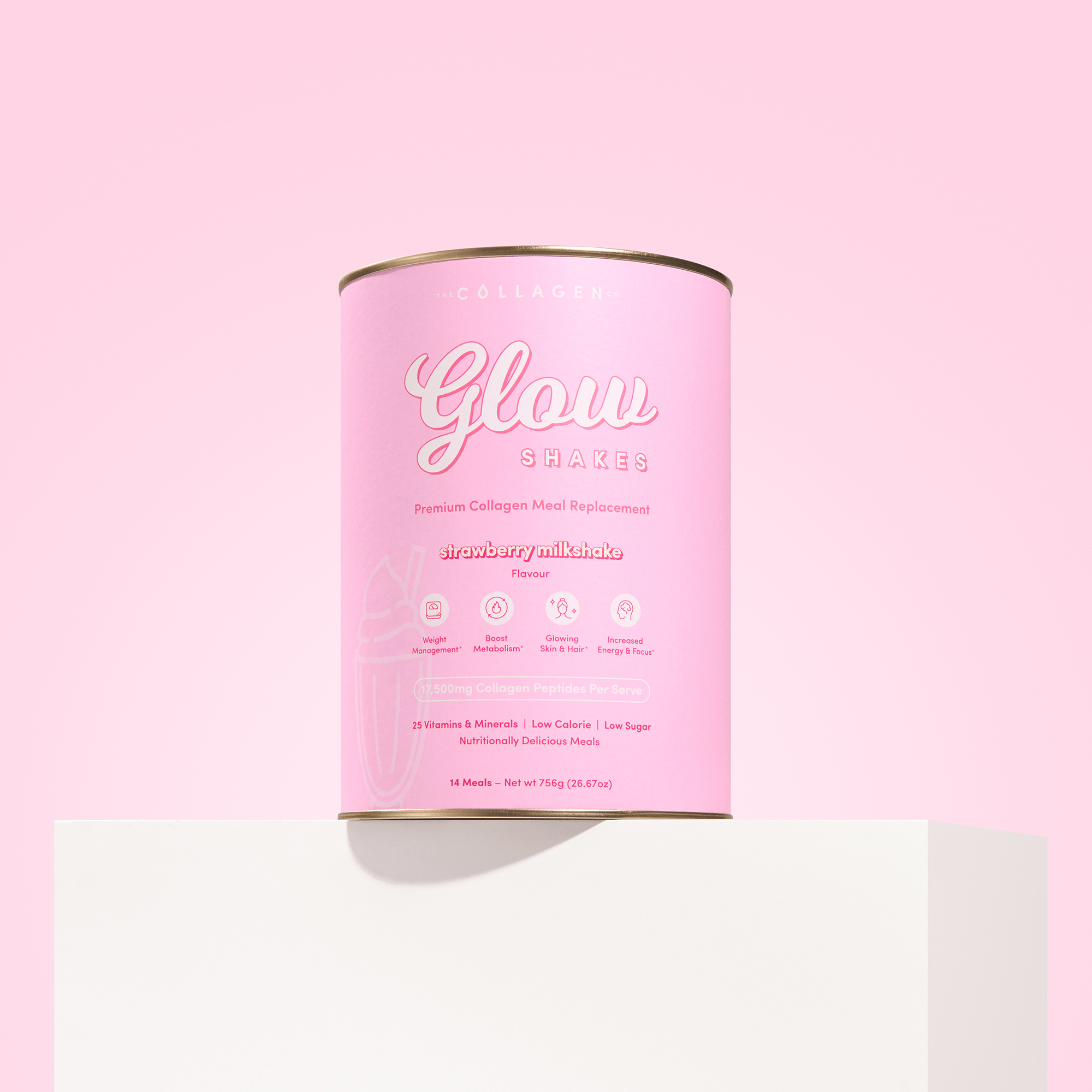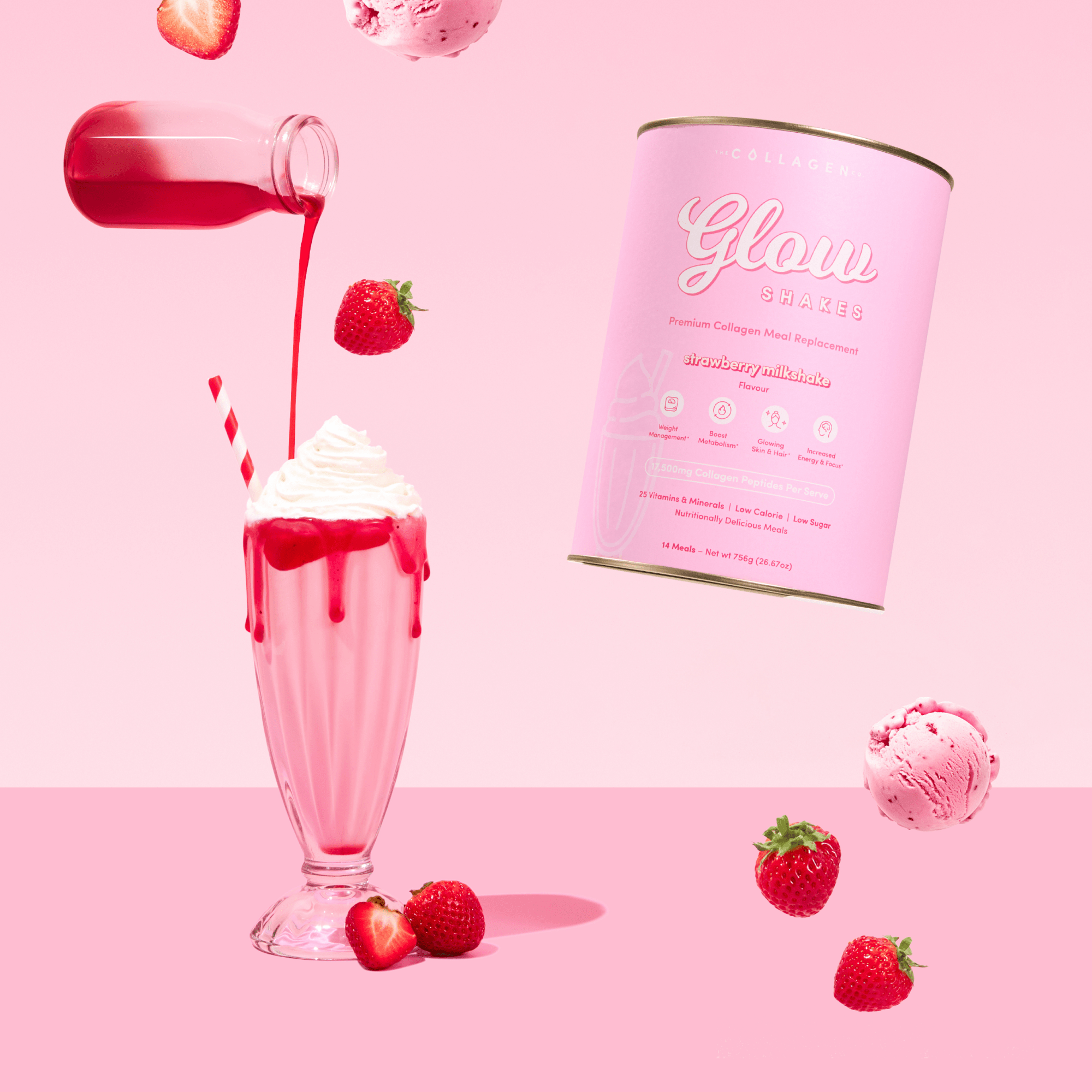How to Get the Most of Collagen for Cellulite Reduction
Posted 8th March 2024

When searching for a “cellulite assassin” that’ll tackle problem areas on your thighs, arms, and bellies, a promising candidate you’ll repeatedly run into is hydrolyzed collagen peptides. But do they deliver? And if they do, is there a catch you need to know about using collagen for cellulite reduction?
Continue reading for answers.
What is cellulite?
First things first. Cellulite isn’t a special type of tissue.
Instead, it’s formed when the body fat deep beneath your skin pushes against the mesh-like web of connective tissue — known as fibrous bands or septa — surrounding it, causing the skin to dimple or pucker.
Though anyone can get cellulite, it’s especially common in women (~85% to 90% of women have it, while it’s a rarity in men) because of 2 factors:
- Connective tissue structure: Men’s connective tissue is more interwoven than women’s. Think of it like a tightly cross-linked fence (men) versus a picket fence (women); the latter creates a more favorable environment for the expansion of fat tissue into the dermis.
- Estrogen: The fall in estrogen levels during perimenopause could exacerbate the appearance of these jelly deposits on the skin. With decreased estrogen levels, you get a drop in collagen production, compromising your connective tissues’ structural integrity, which leaves more space for the fat to bulge through.
How does using collagen for cellulite reduction work?
Ooooh, wait a minute.
Does this question mean using collagen for cellulite reduction actually works? Yes. And the proof comes from this 2015 randomized controlled trial (RCT) published in the Journal of Medicinal Food.
Here’s what the researchers did.
They randomly assigned 105 normal and overweight women aged 24 to 50 years with moderate cellulite to 2 groups:
- 2.5 grams of bioactive collagen peptides (BCP) daily
- Placebo
After 6 months, BCP supplementation led to a statistically significant decrease in the degree of cellulite and reduced skin waviness on thighs (compared to baseline) in normal-weight women.
Woah, OK … but what’s the underlying mechanism?
Hint: the study also found significant improvement in participants’ dermal density post-BCP supplementation compared to placebo.
In other words, by stimulating increased collagen production in the skin, those bioactive collagen peptides “fortified” the fibrous connective tissue, enhancing their ability to hold in the fat better.
What about the overweight participants?
Did you notice that we didn’t say anything about the results observed in overweight women? Sharp eyes.
In their case, it’s not that using collagen for cellulite reduction didn’t work. It worked. However, the improvement in skin appearance was less pronounced than in women of normal body weight.
This makes sense.
Imagine 2 balls of plasticine clay in front of you — 1 large, 1 small. If you had to wrap them up with strings of equal length, you’d need to use more force with the bigger plasticine clay ball, likely creating a more exaggerated, dimpled appearance.
What does this mean for you?
Ensuring that you’re at a healthy weight would help you get the most out of using collagen for cellulite reduction.
A quick way of assessing your weight is by calculating your body mass index (BMI).
Divide your weight in kilograms by the square of your height in meters. I.e., BMI = weight (kg) / height * height (m). So, if you’re 171 cm and weigh 65 kg, your BMI would be 22.2. For your reference, you’re within the healthy weight range if your BMI is 18.5 to 24.9.
Have a BMI value higher than 24.9? Don’t worry.
Focusing on creating — and maintaining — a calorie deficit (where you eat fewer calories than your body burns) will help you see smaller numbers on the scale and, in turn, get the most out of collagen for cellulite reduction.
Here are a few tips that’ll help you stick to a calorie deficit:
-
Build your diet around whole, minimally processed foods: A 2019 RCT published in Cell Metabolism randomly assigned participants to receive either ultra-processed or unprocessed diets for 2 weeks, immediately followed by the alternate diet for 2 weeks. At the end of the study, researchers found that on the ultra-processed diet, participants ate about 500 calories more daily than the minimally processed diet. As a result, they gained 0.9 kilograms on average.
-
Eat enough protein: Protein is the most satiating macronutrient. This means it’ll keep you full for longer between meals, curbing pesky cravings. Recent research suggests that you should aim for anywhere between 1.3 g to 1.8 g per kilogram of body weight.
- Increase physical activity levels: Controlling your food intake (i.e., the “calorie in” part of the equation) isn’t the only thing you can do. You could also actively burn more calories by exercising. Ideally, you shouldn’t exclusively focus on cardio, but include some form of strength training, too. This helps you preserve and/or build muscle mass, which is key for appetite regulation and post-diet weight regain prevention.
Meet the stress-free way of staying in a calorie deficit
That’s … a lot.
What if you’re time-starved and don’t have the energy to revamp your whole lifestyle right now? Well, lucky for you, that doesn’t mean you have to leave achieving a healthy weight — and getting the most out of using collagen for cellulite reduction — till later.
Our Glow Shakes (Premium Collagen Meal Replacement) make staying in a calorie deficit easy and enjoyable thanks to their:
- 29+ grams of hunger-resisting protein
- 5+ grams of digestion-supporting prebiotic fiber
- Unique, potent blend of energizing, crashproof MCT oil
- Low-calorie content (205 calories/serving)
… per serving. Simply replace 1 to 2 of your regular meals with a Glow Shake, and you’ll be filled, fueled, and glowing in hours. Oh, and did we mention that you’d also find 17.5 grams of hydrolyzed, bioactive collagen peptides all ready to tackle the appearance of cellulite?
Now that we did, why not check out our range of creamy, silky-smooth, swoon-worthy milkshake flavours? Shop here.

